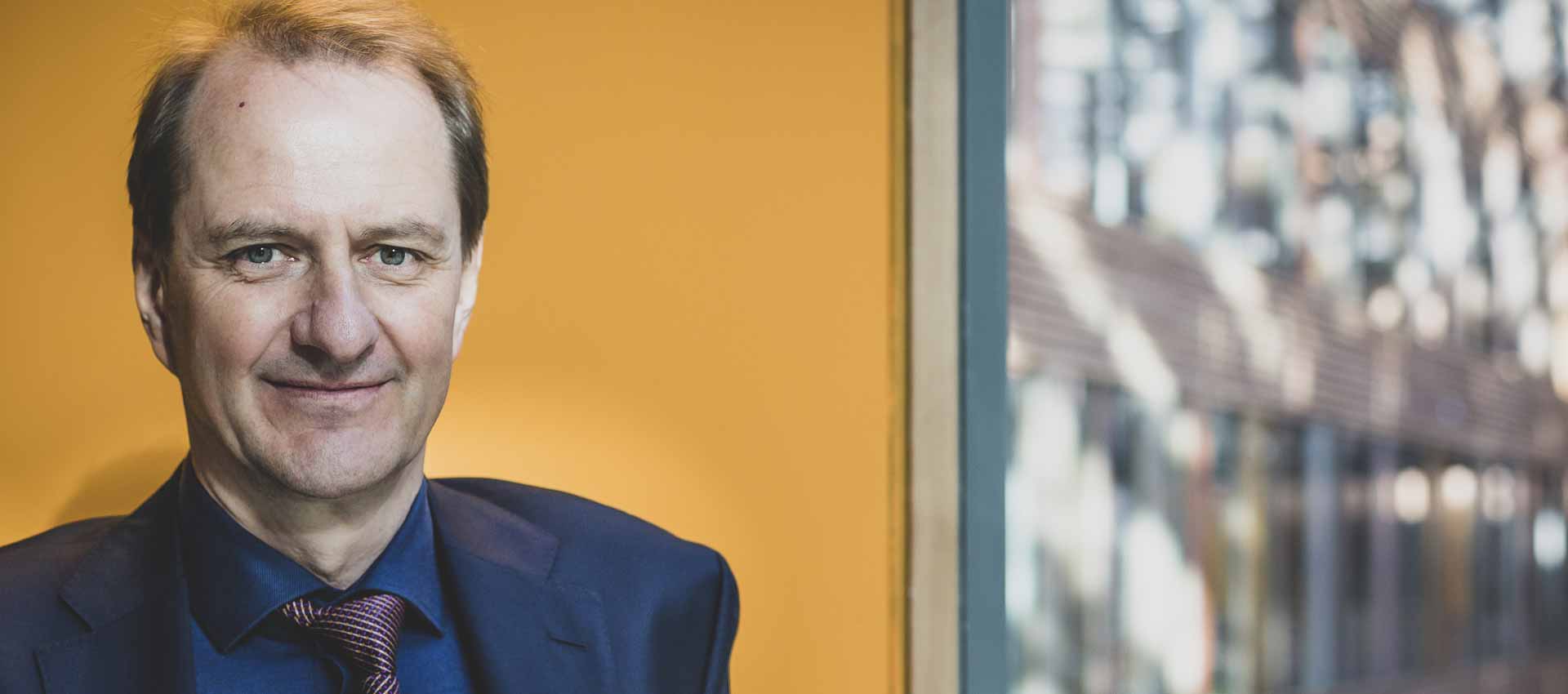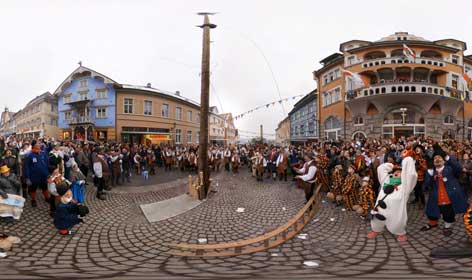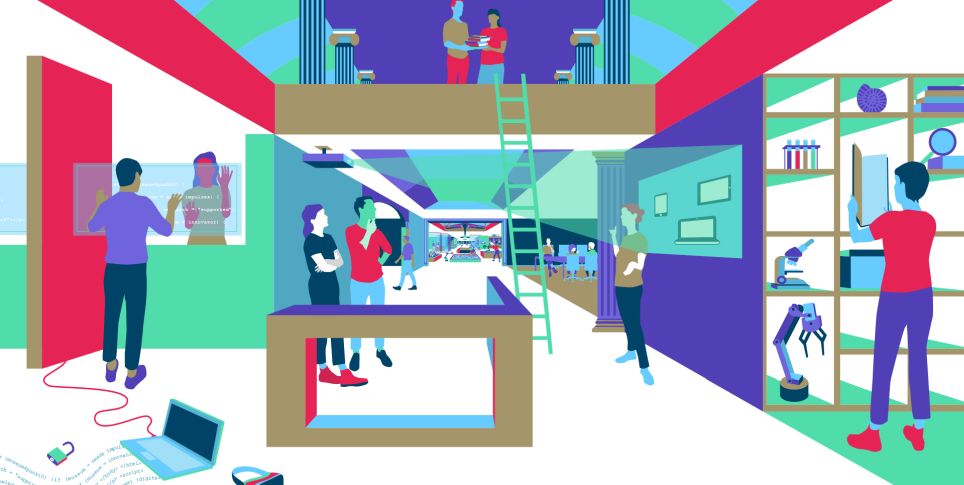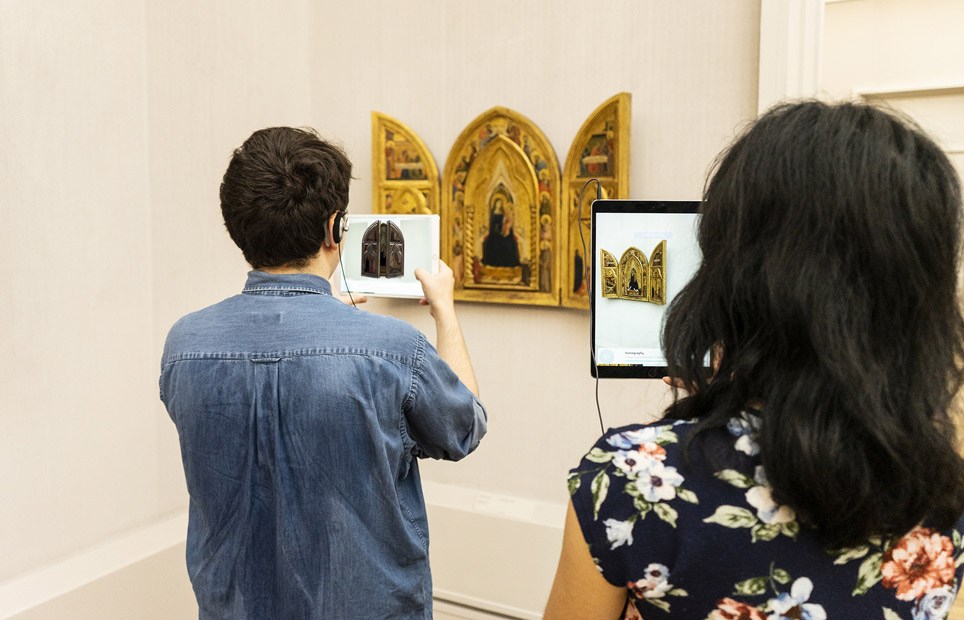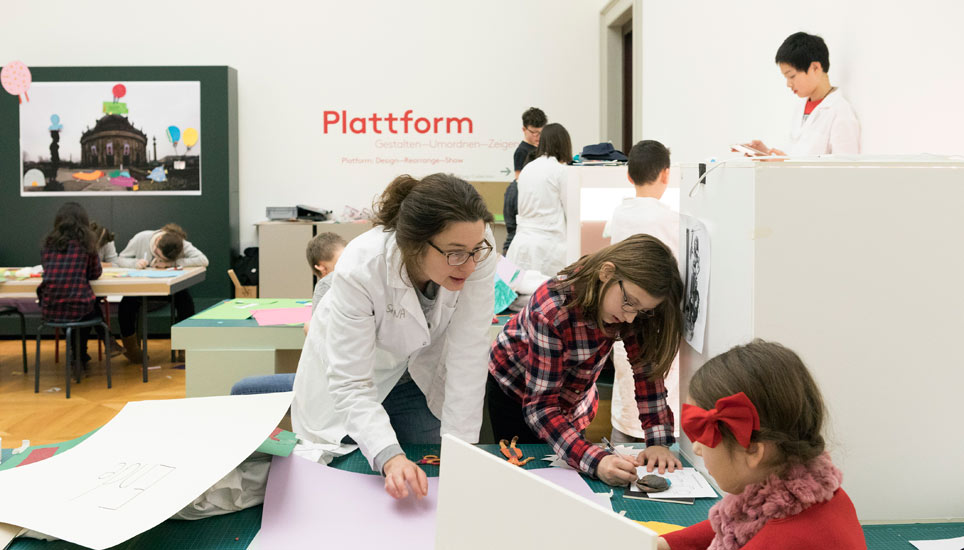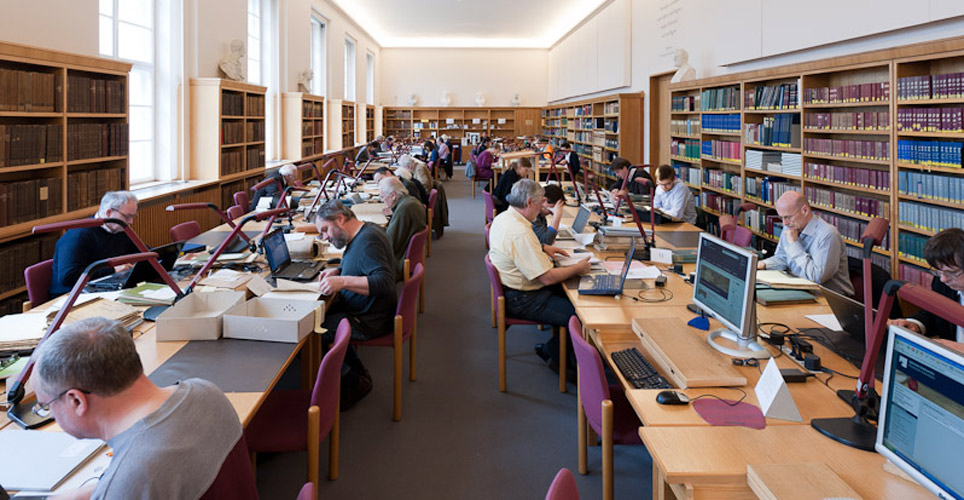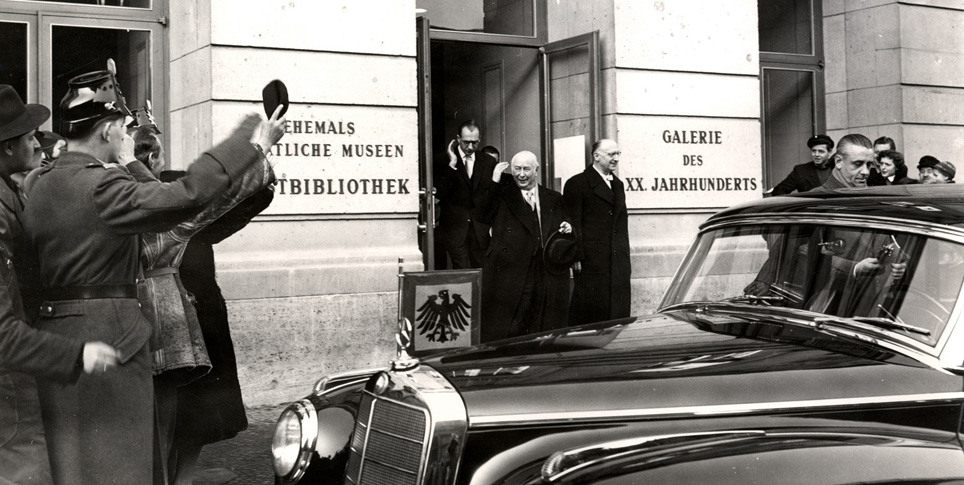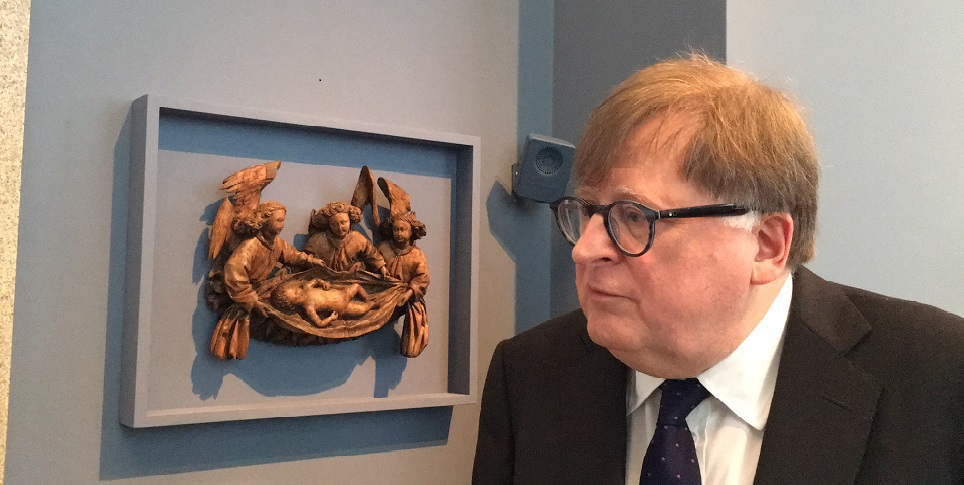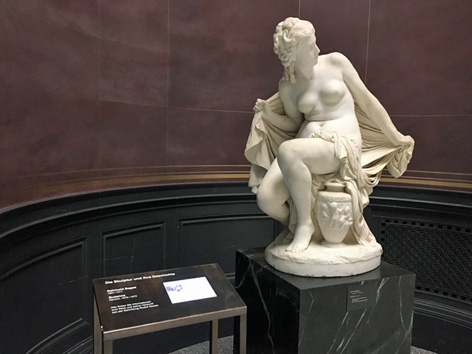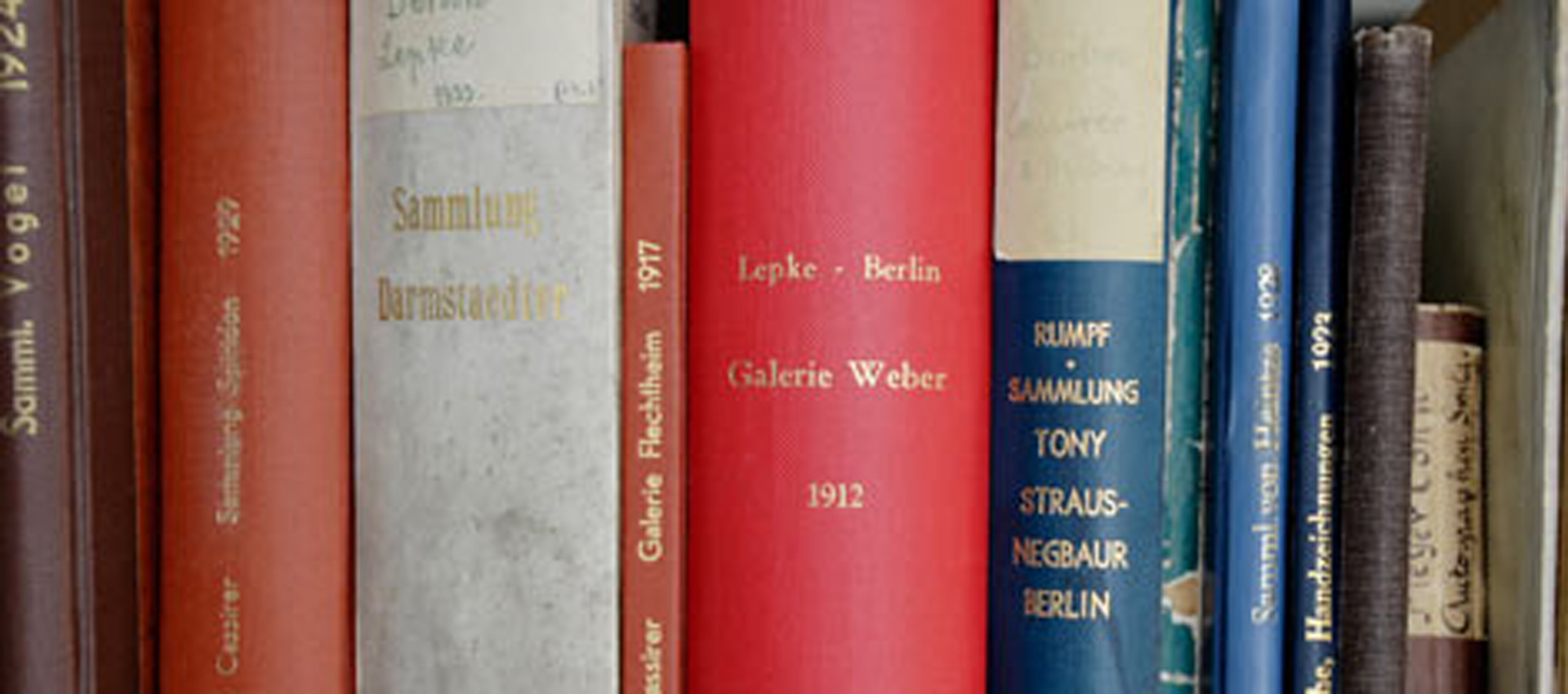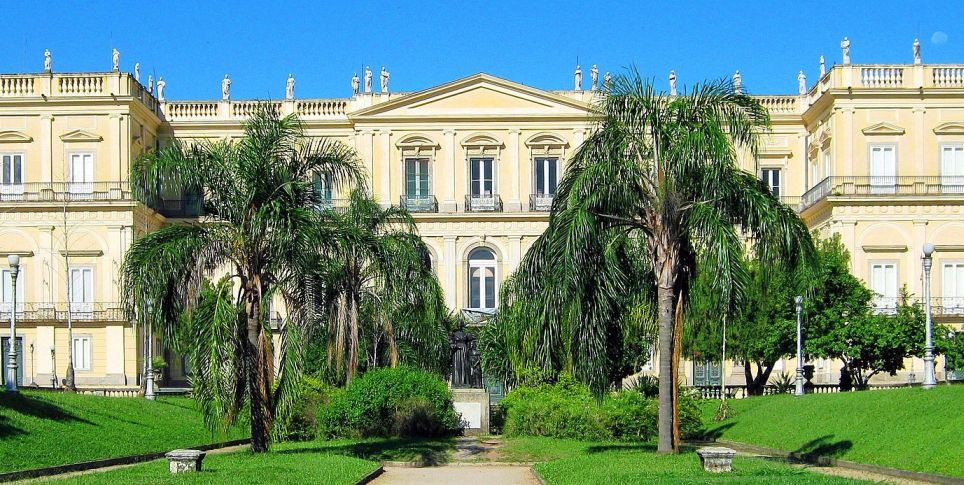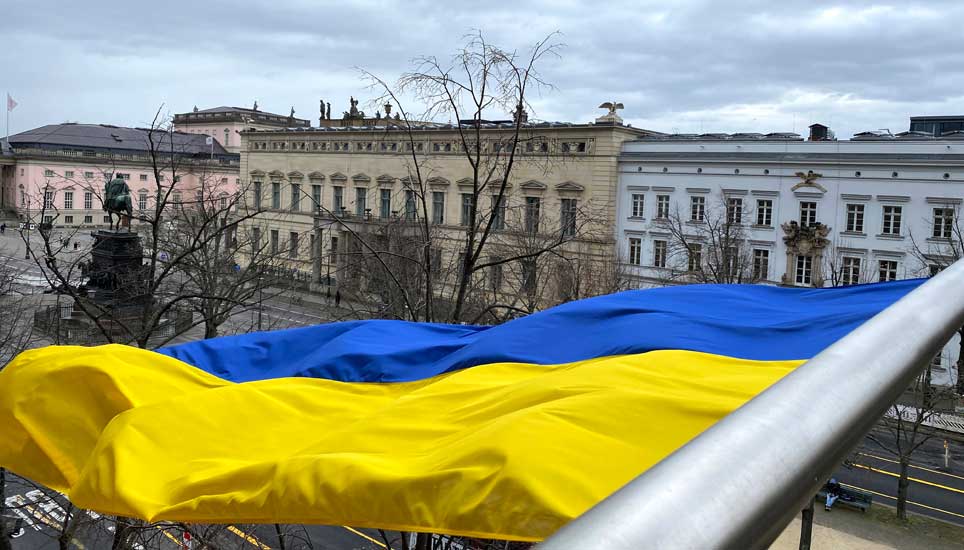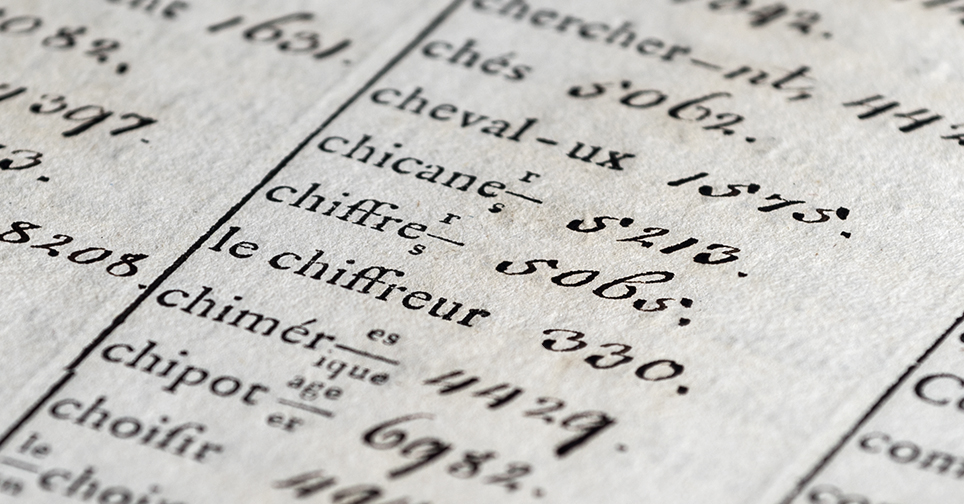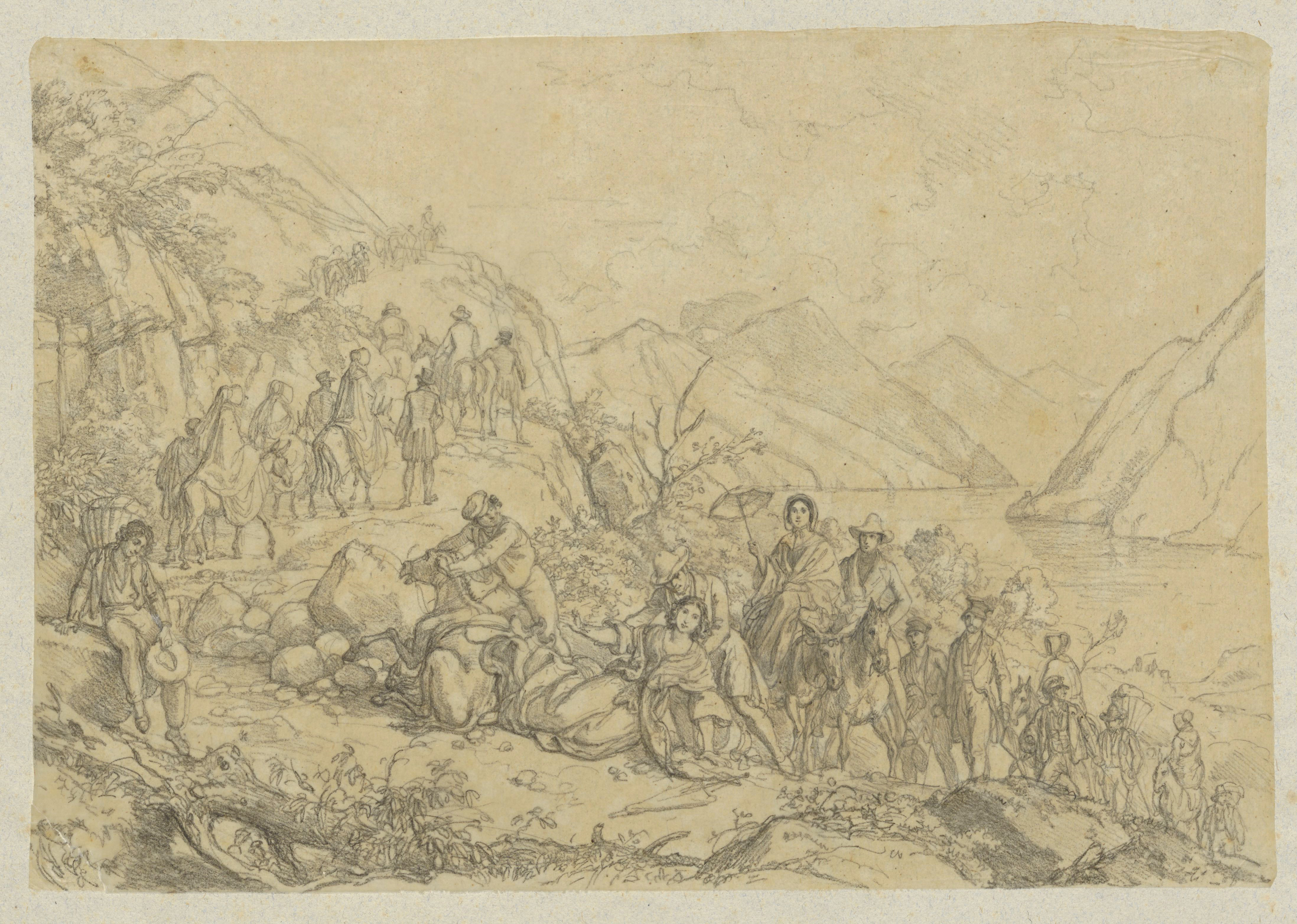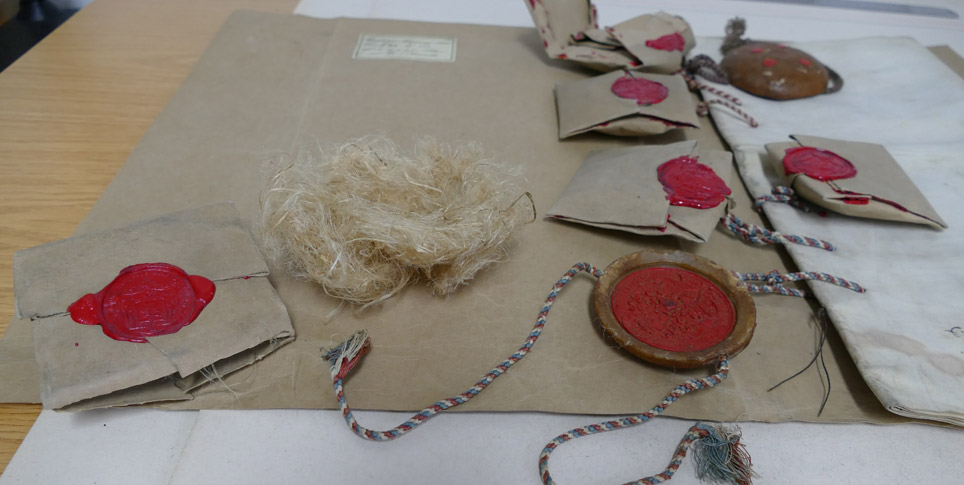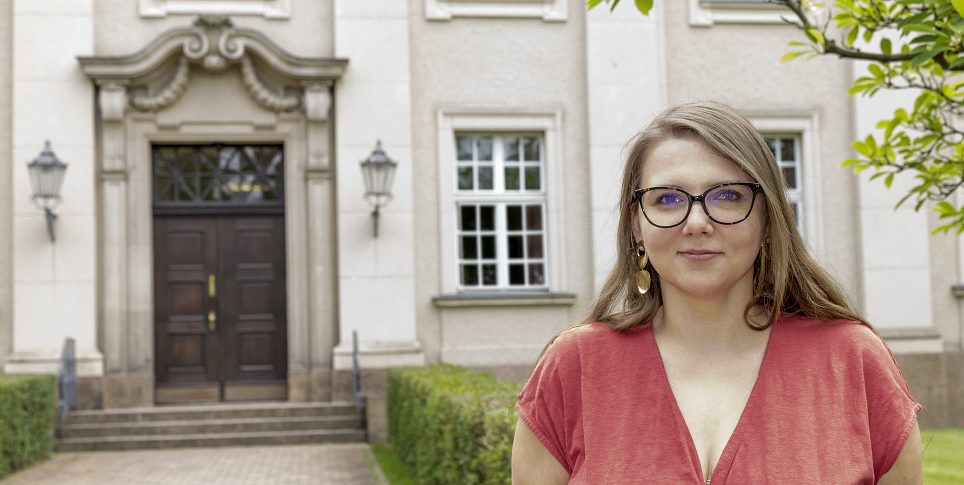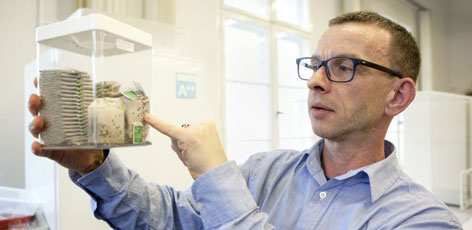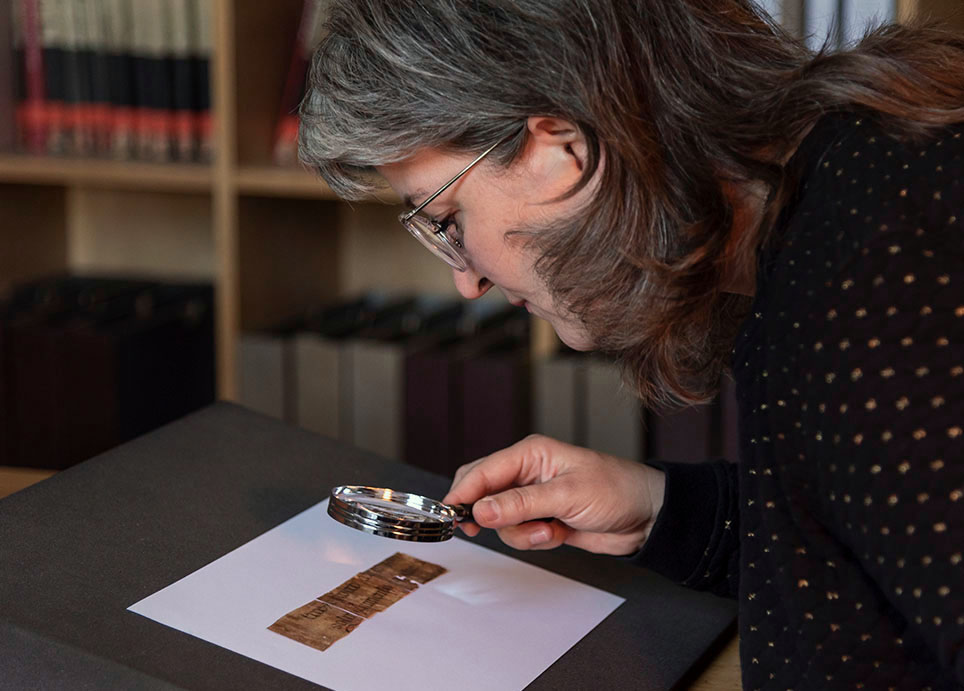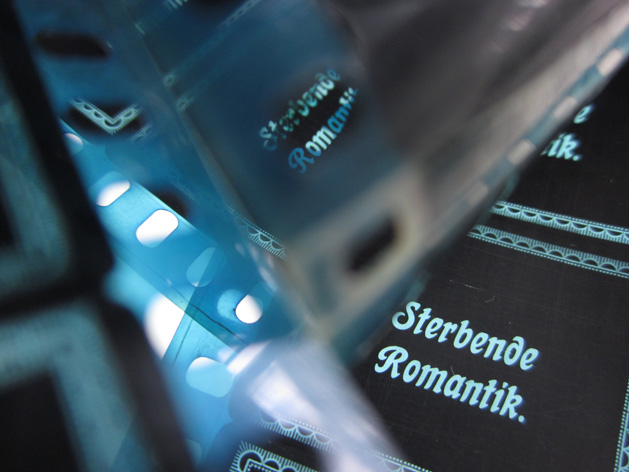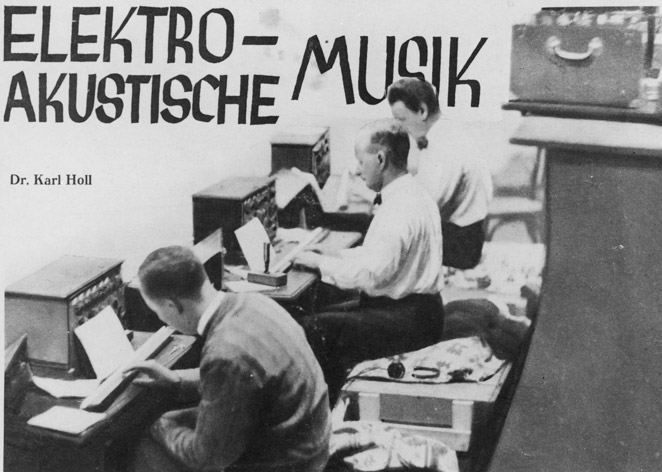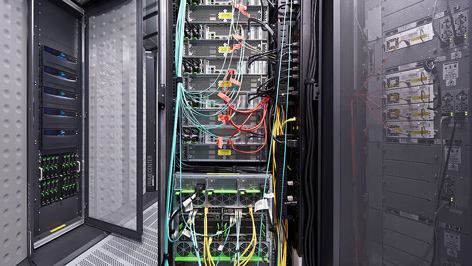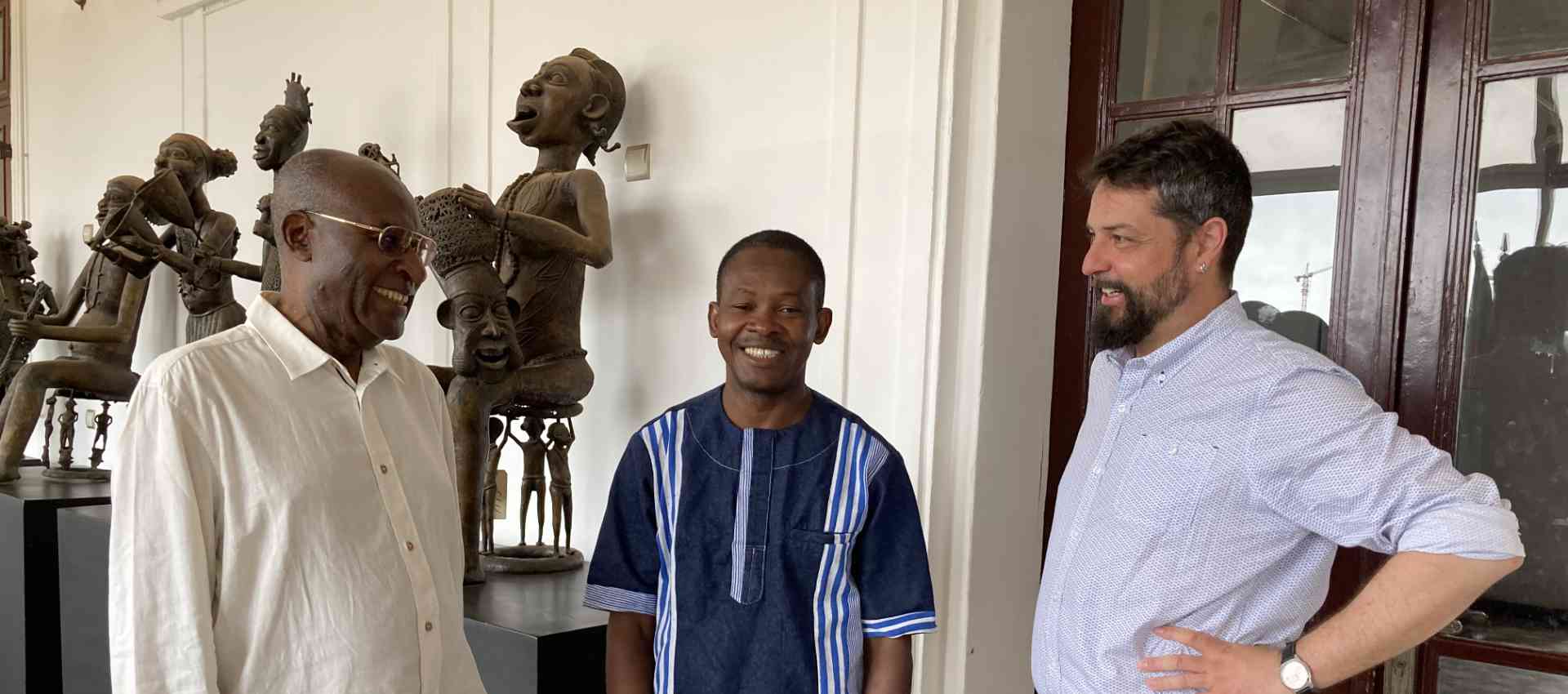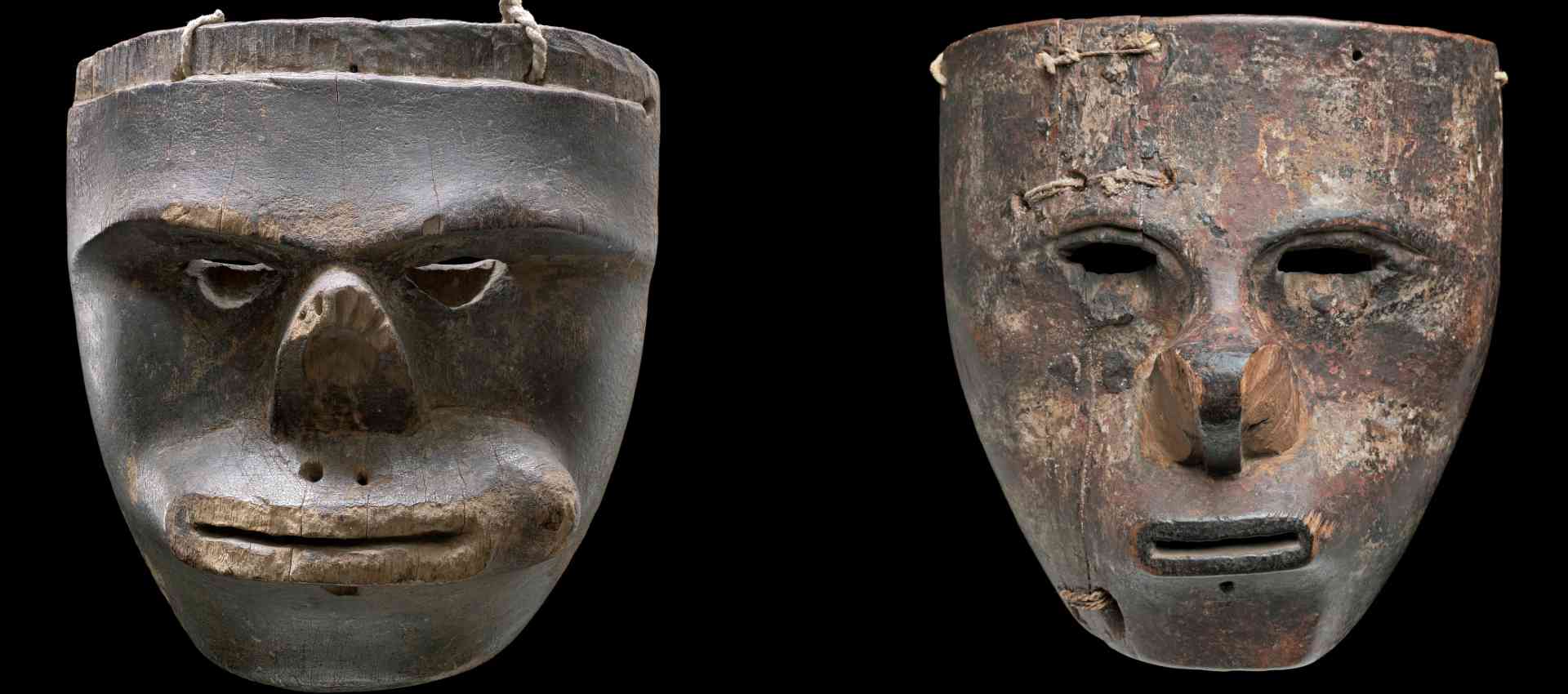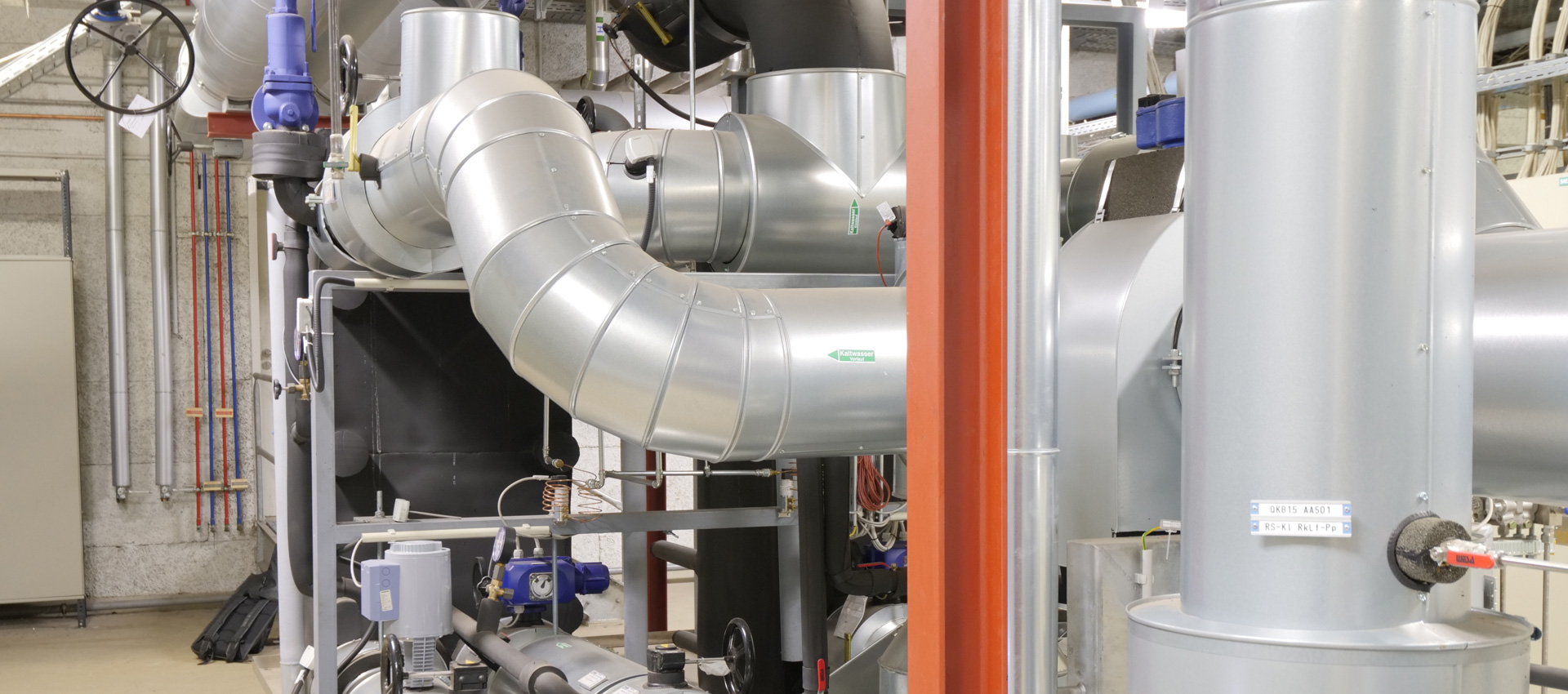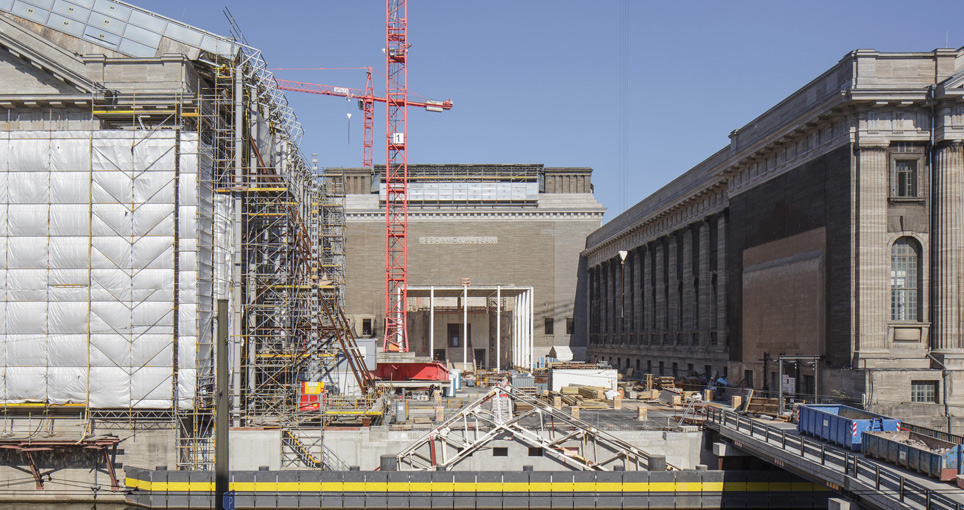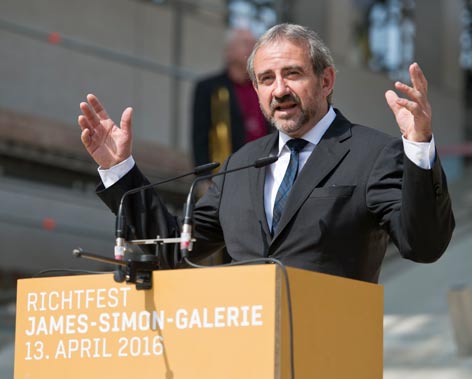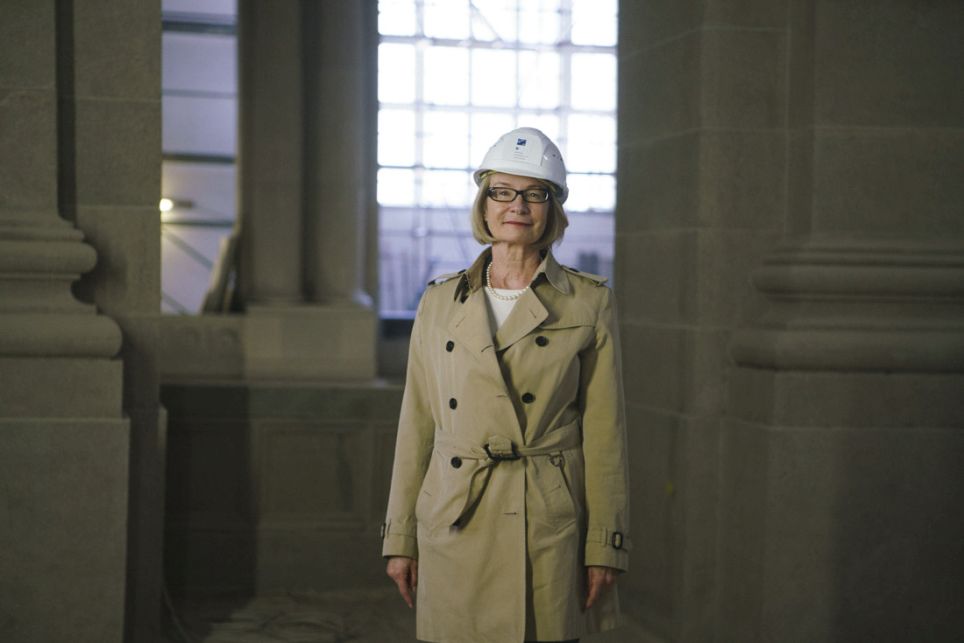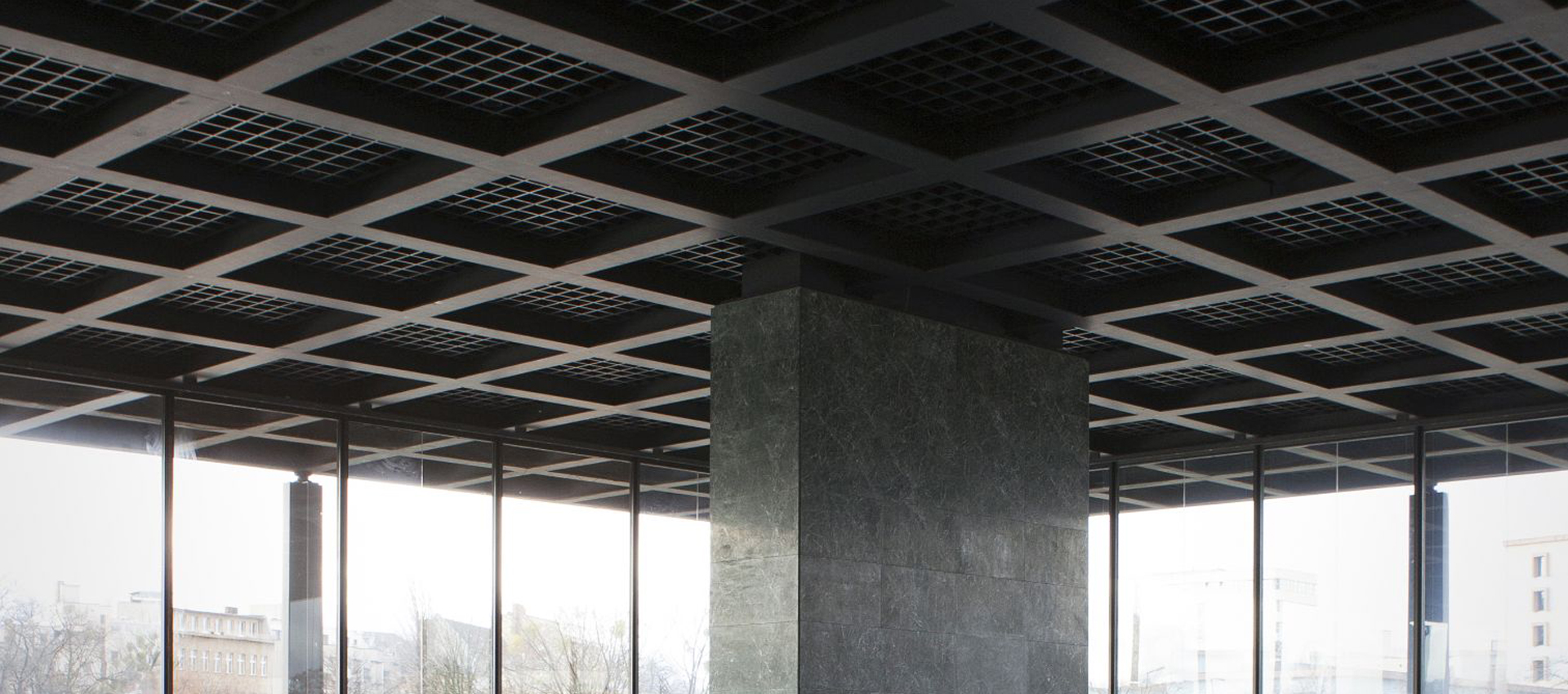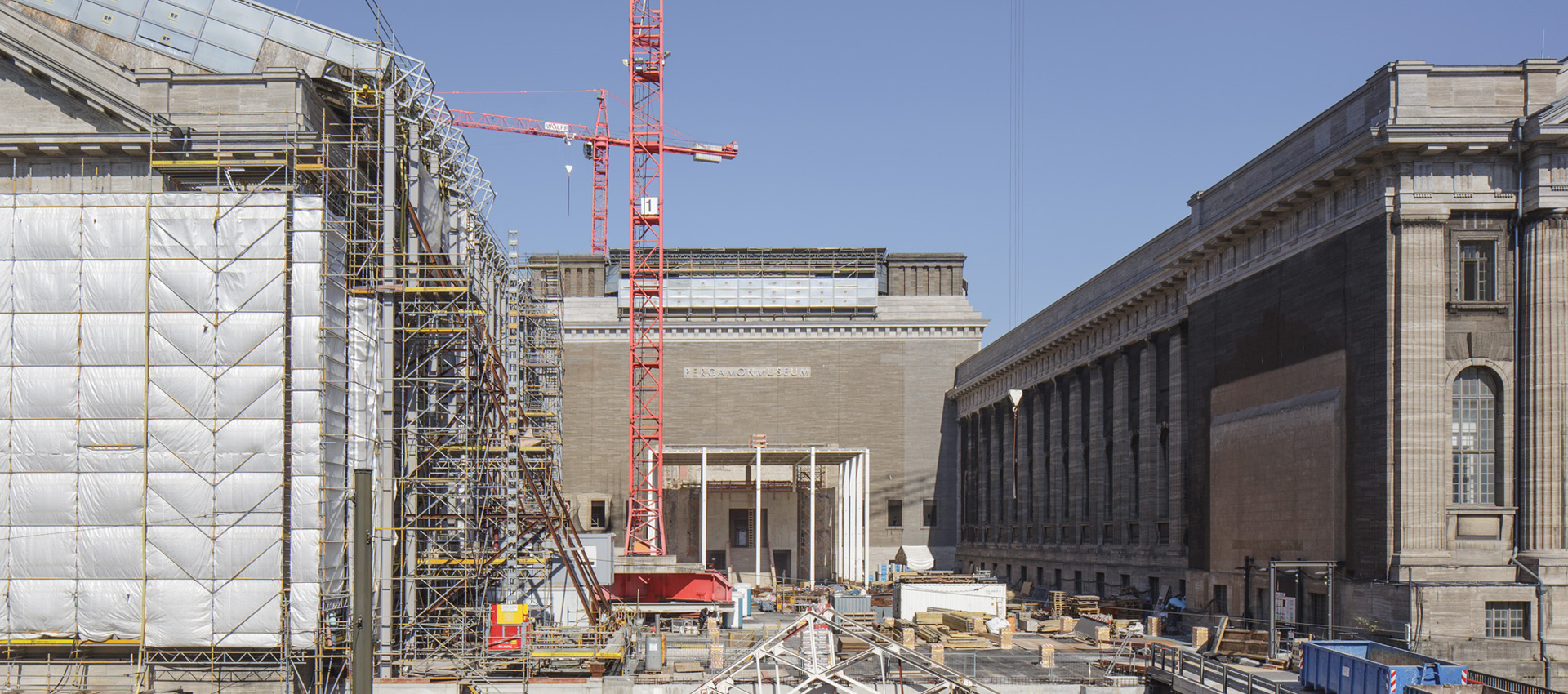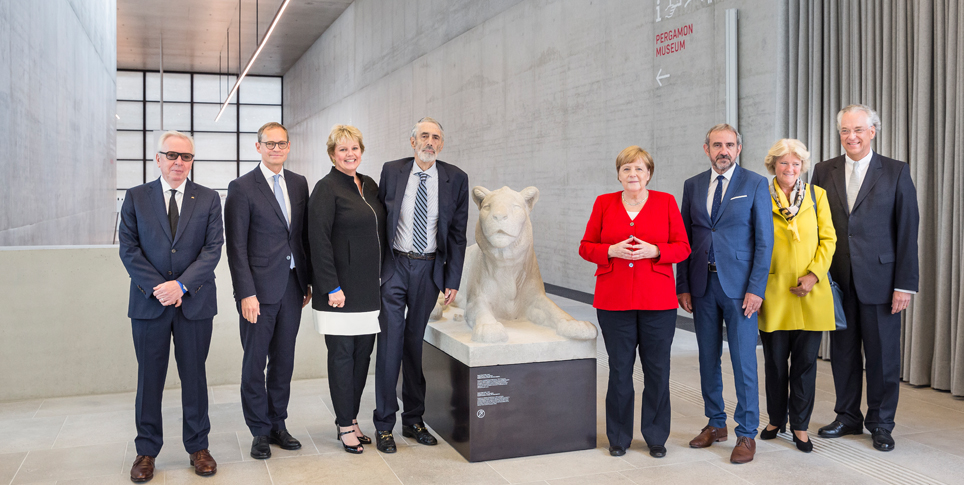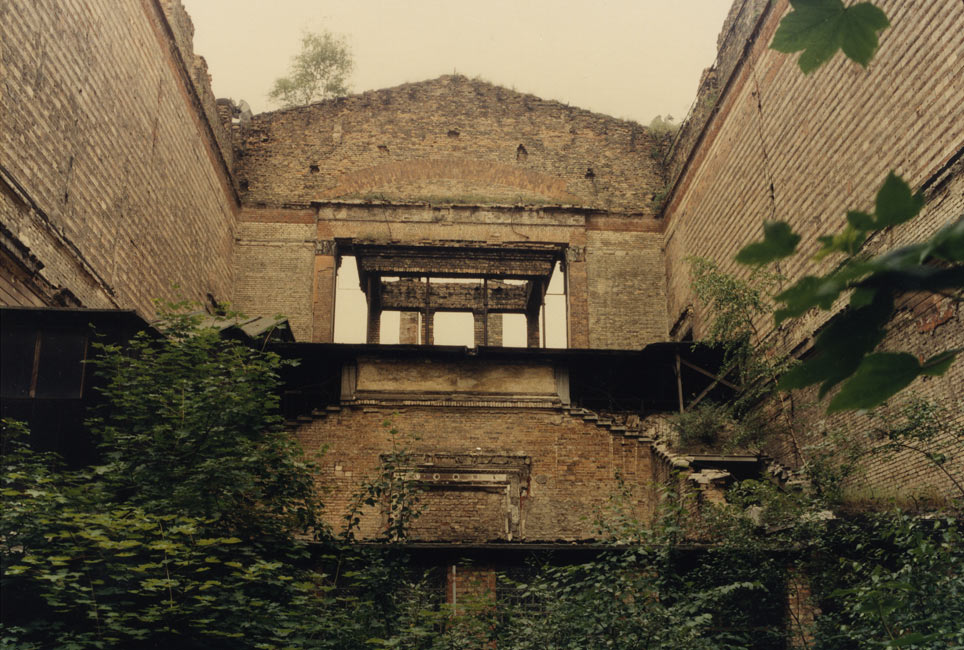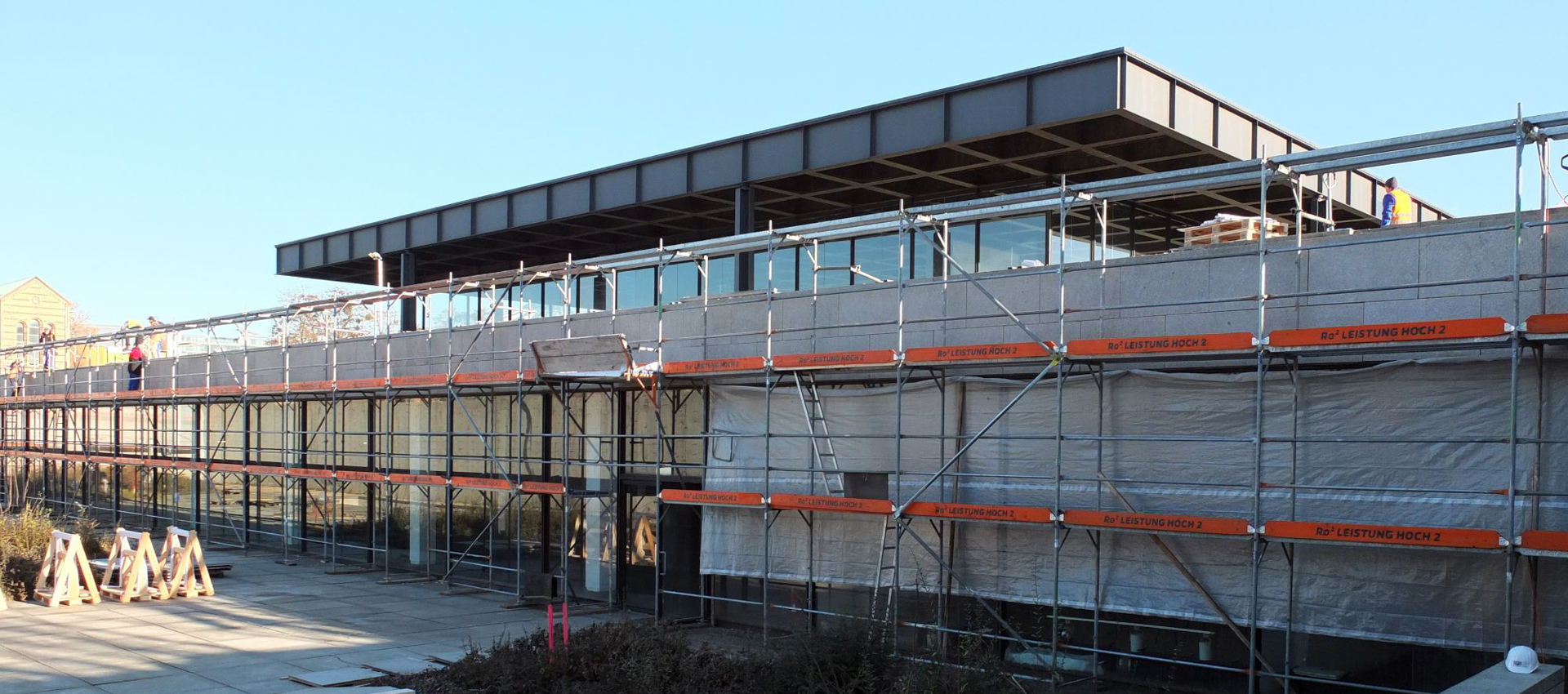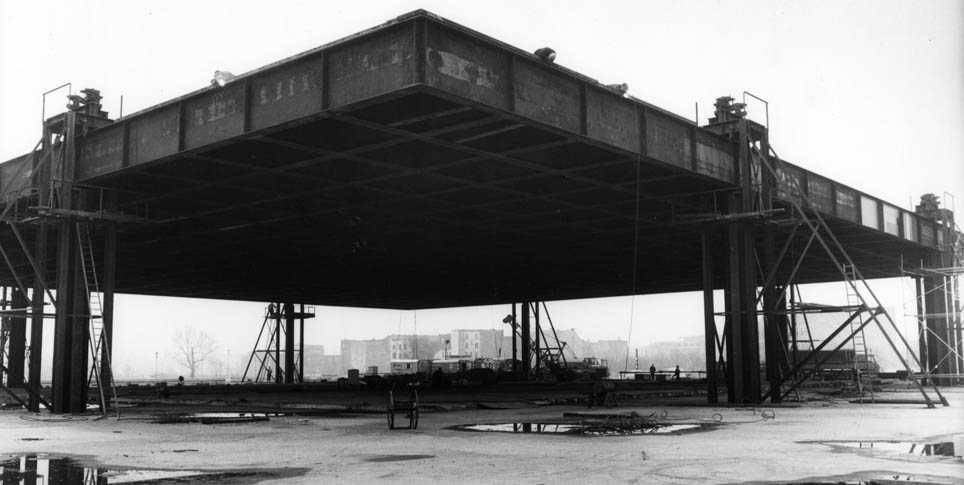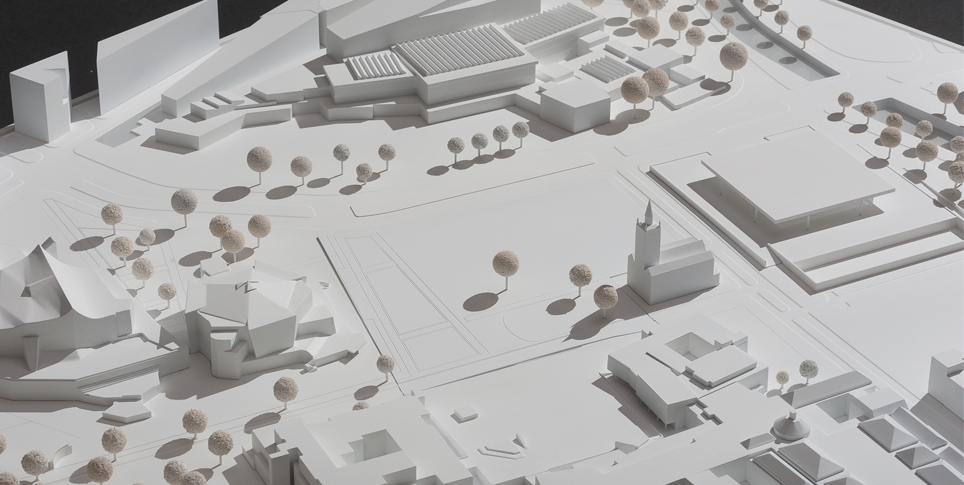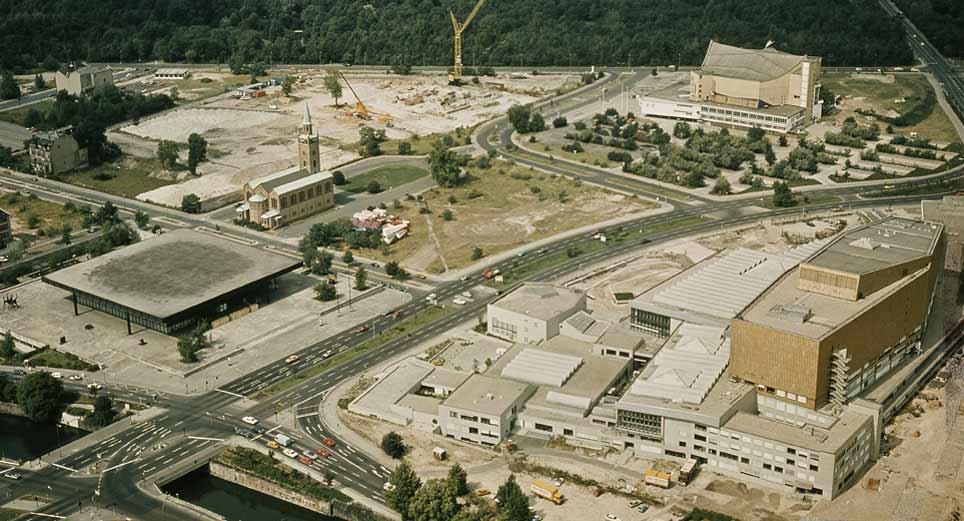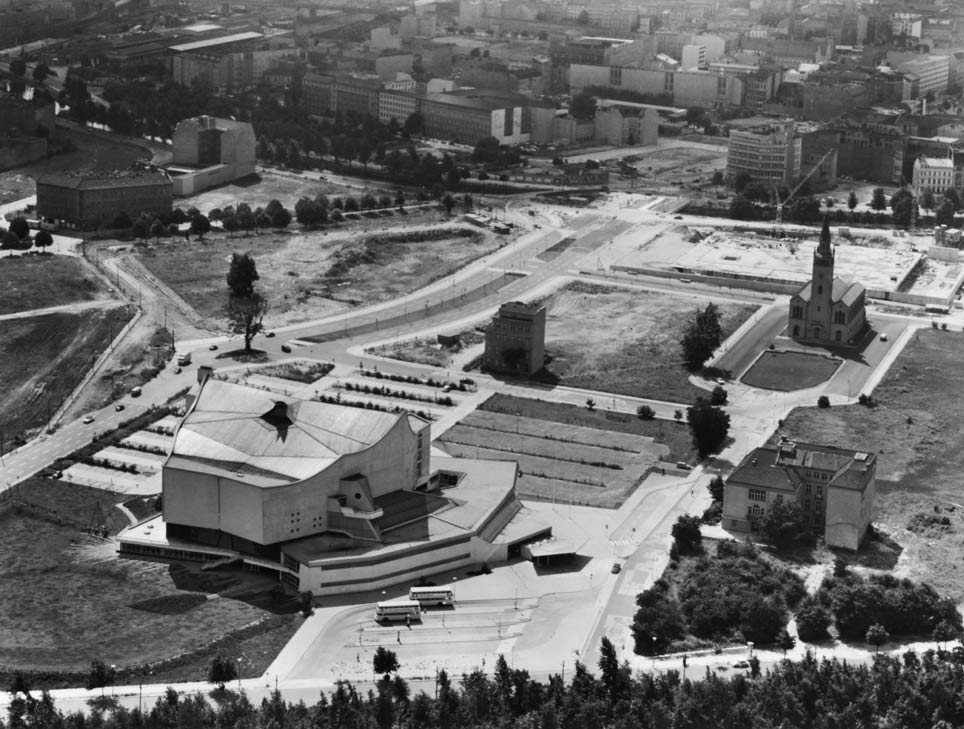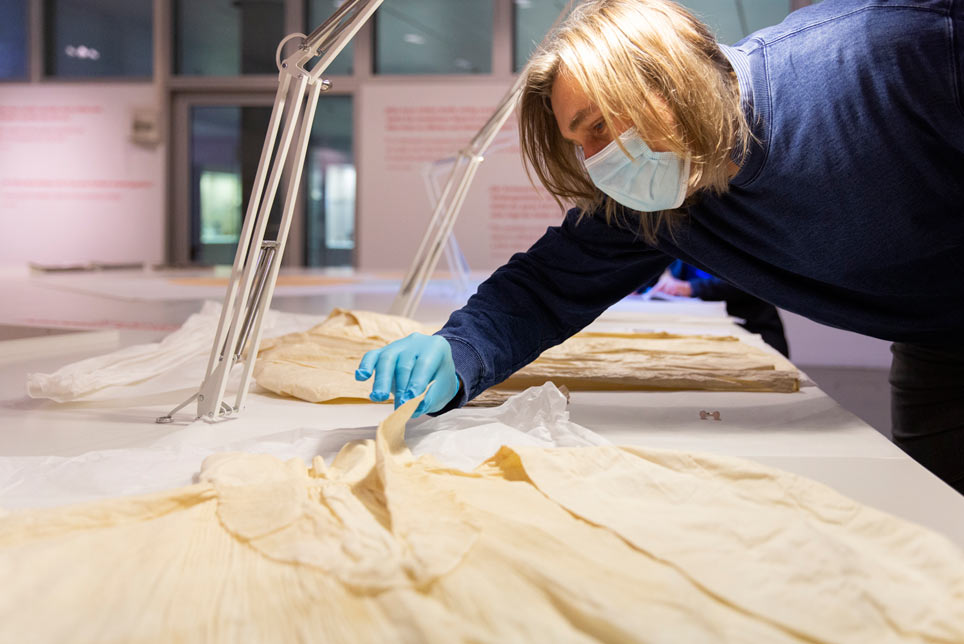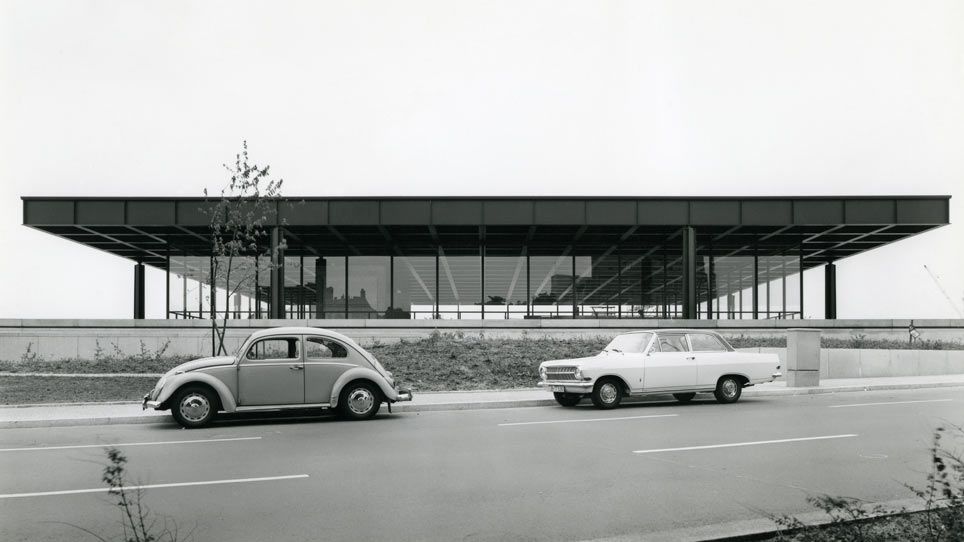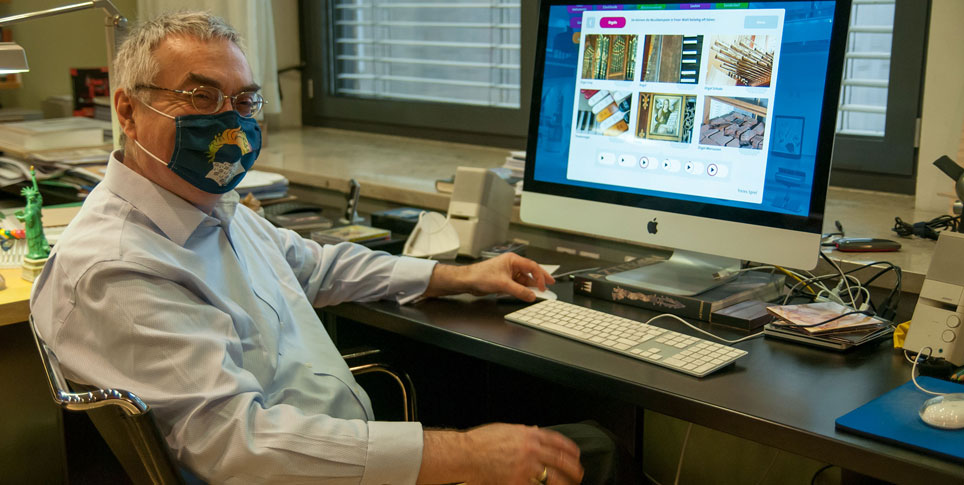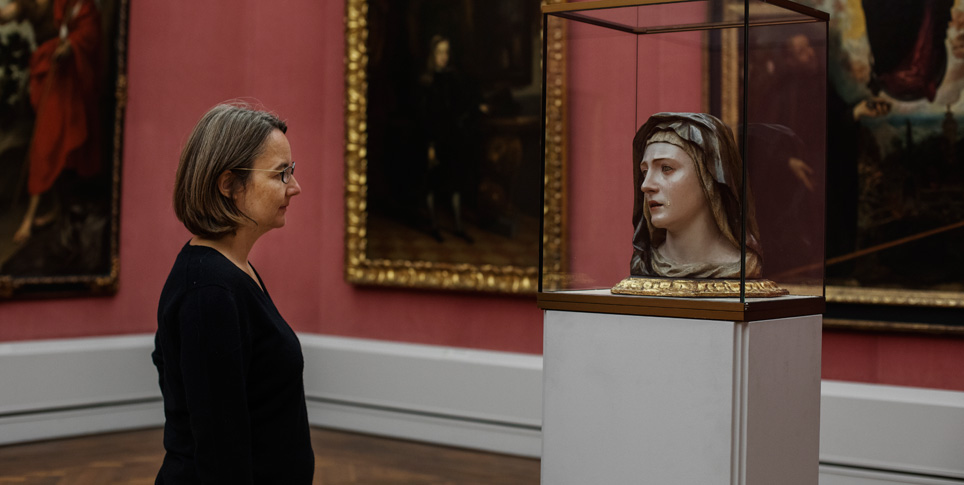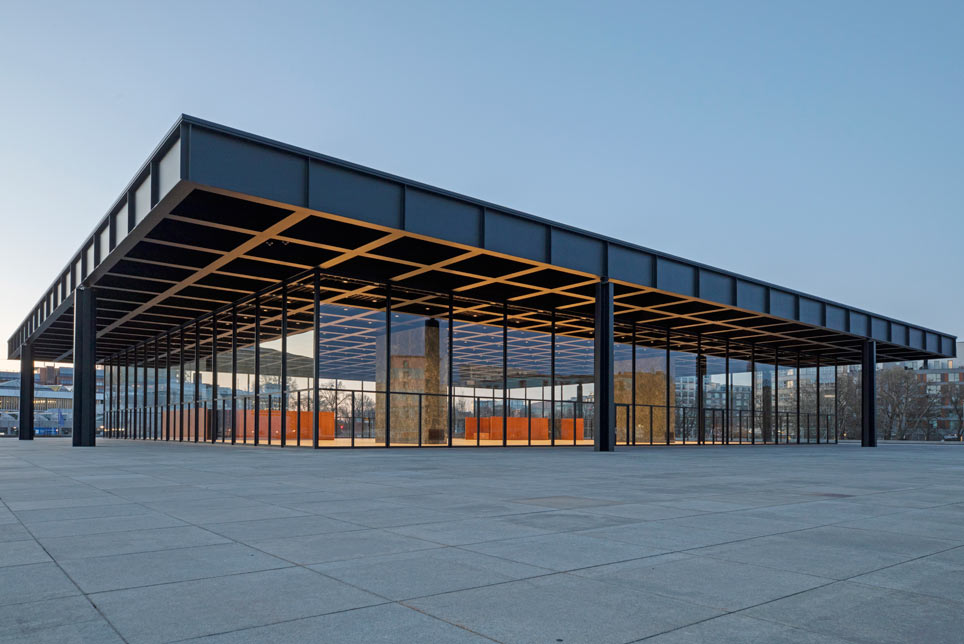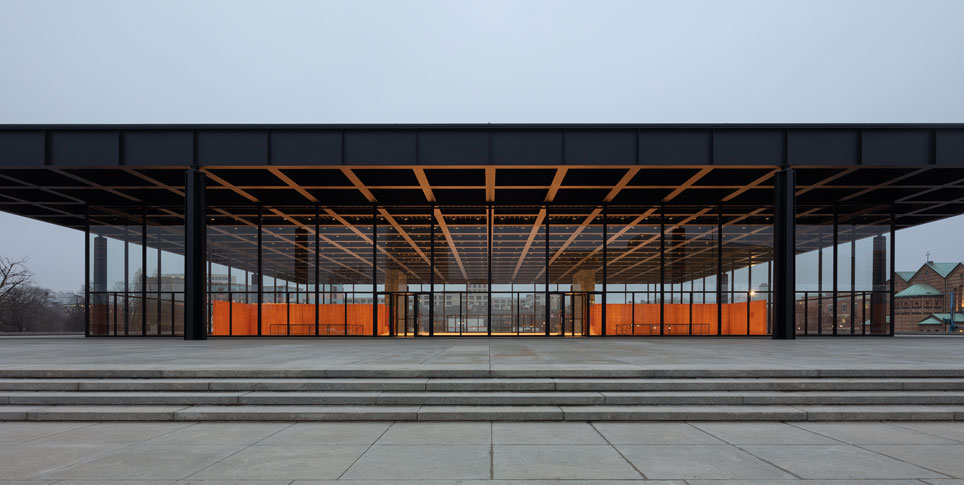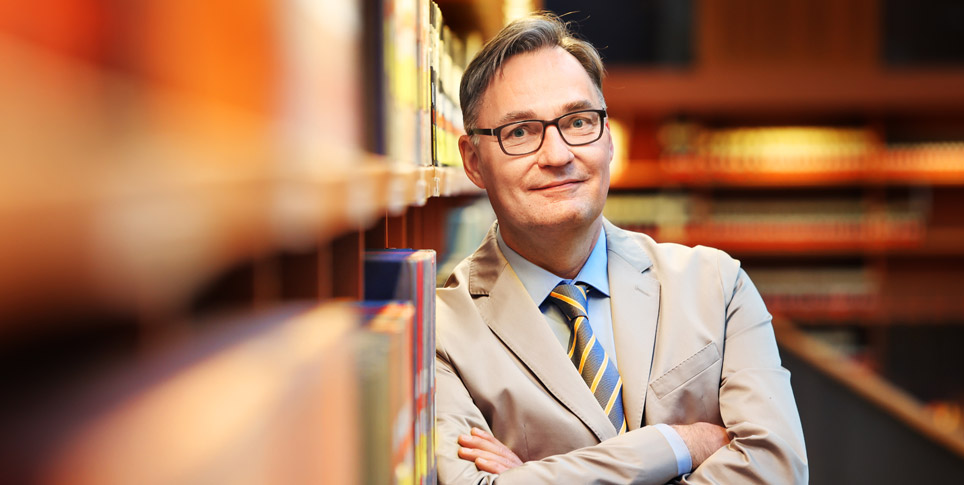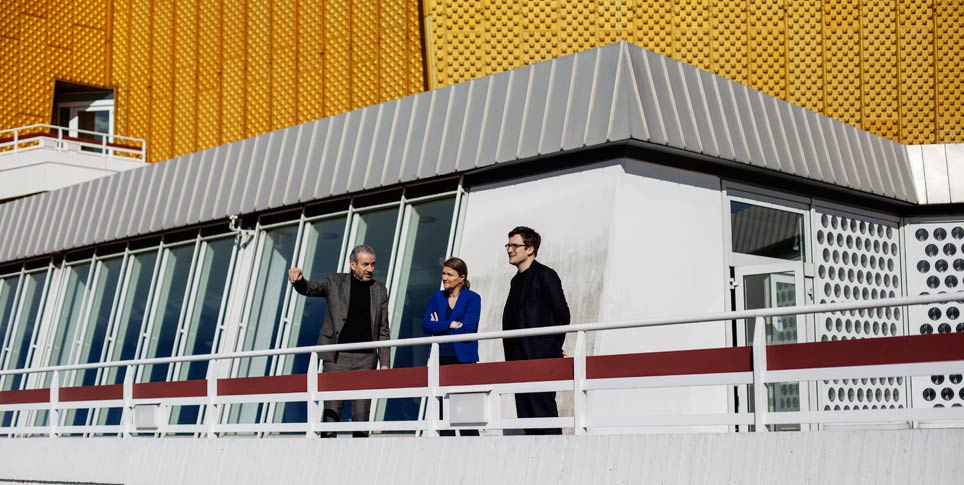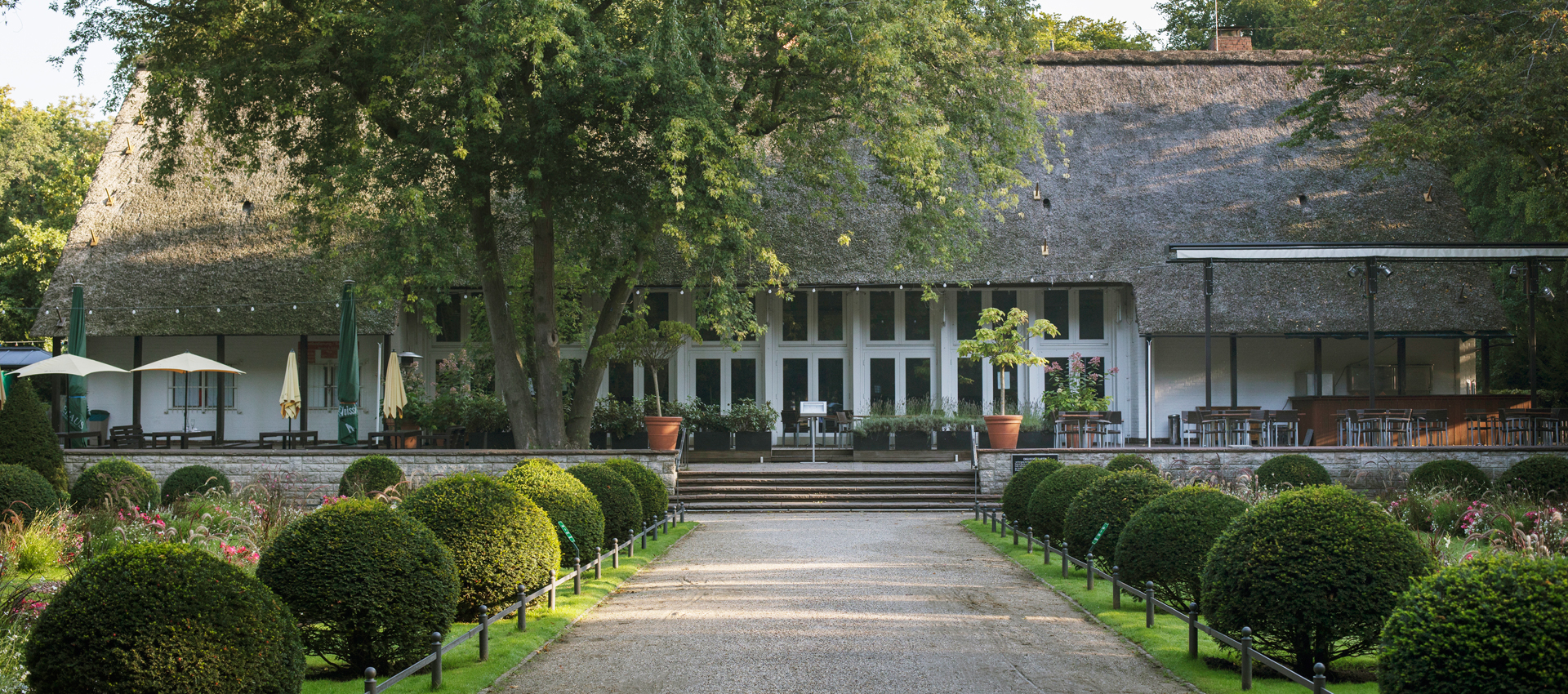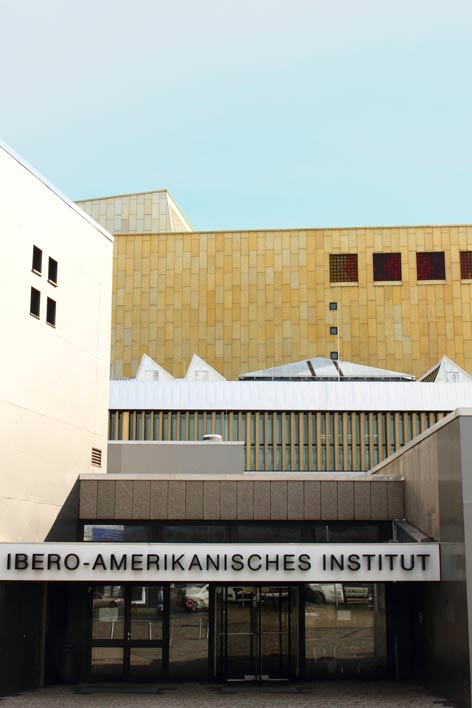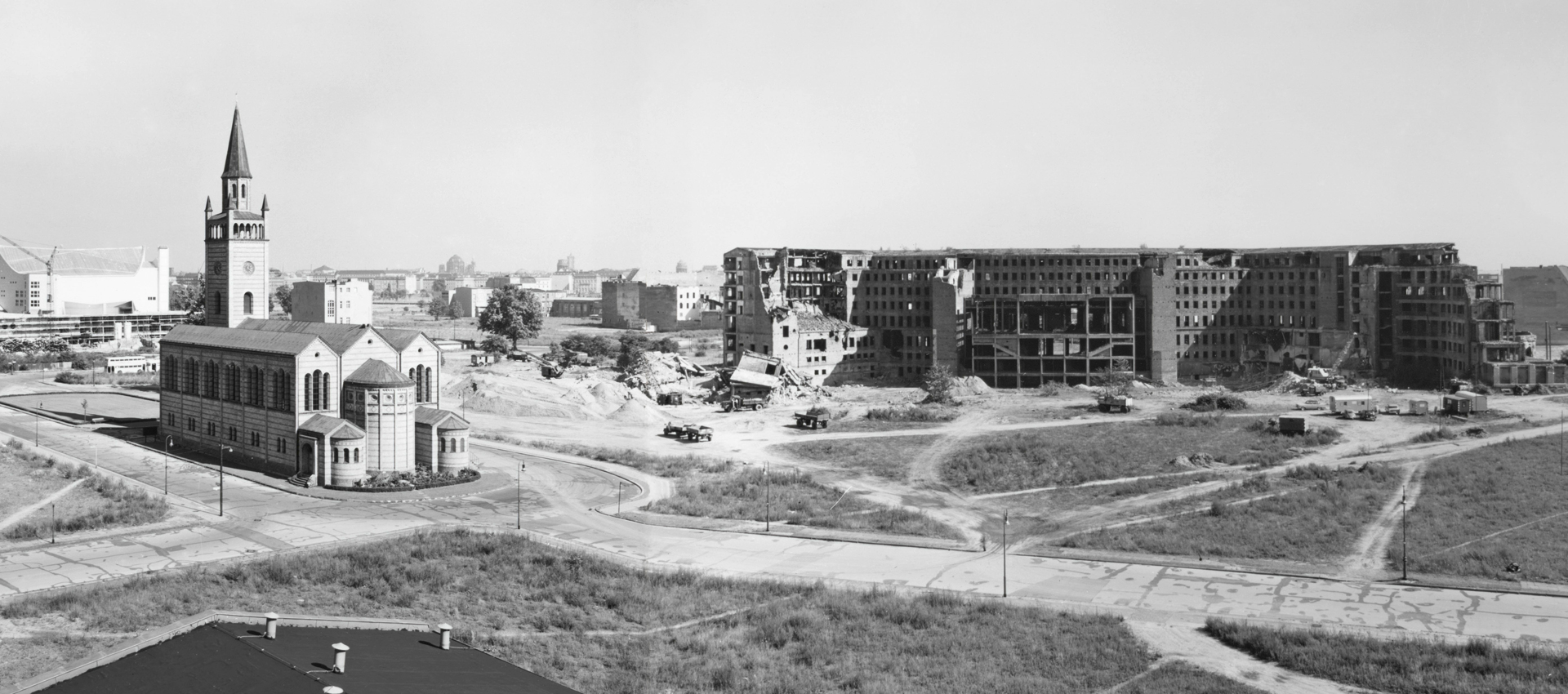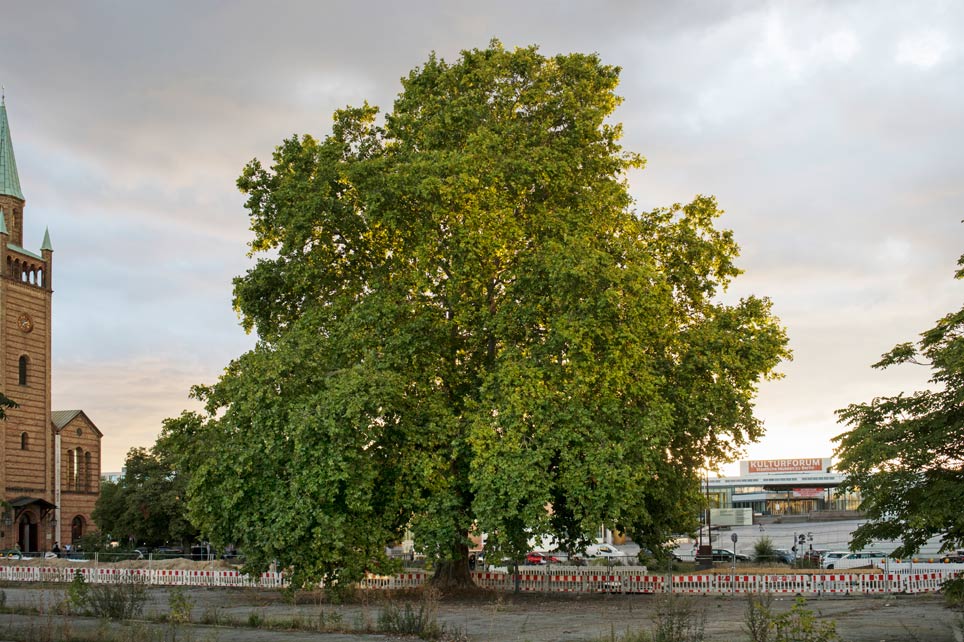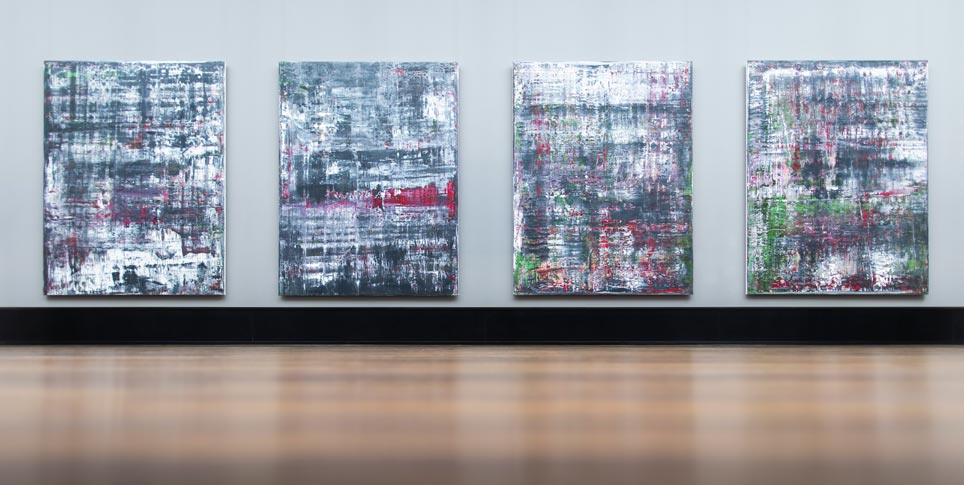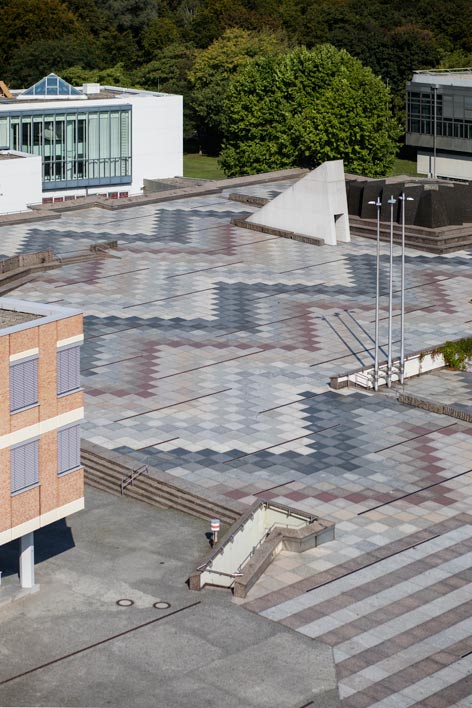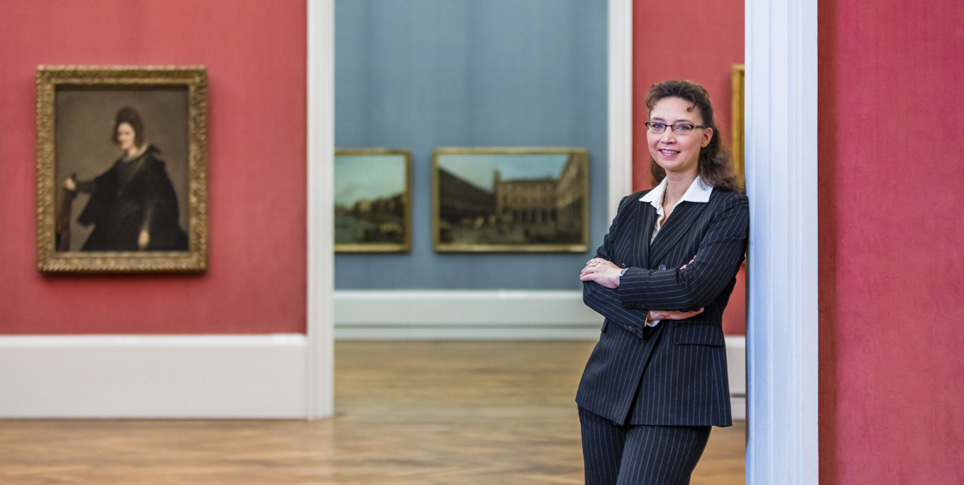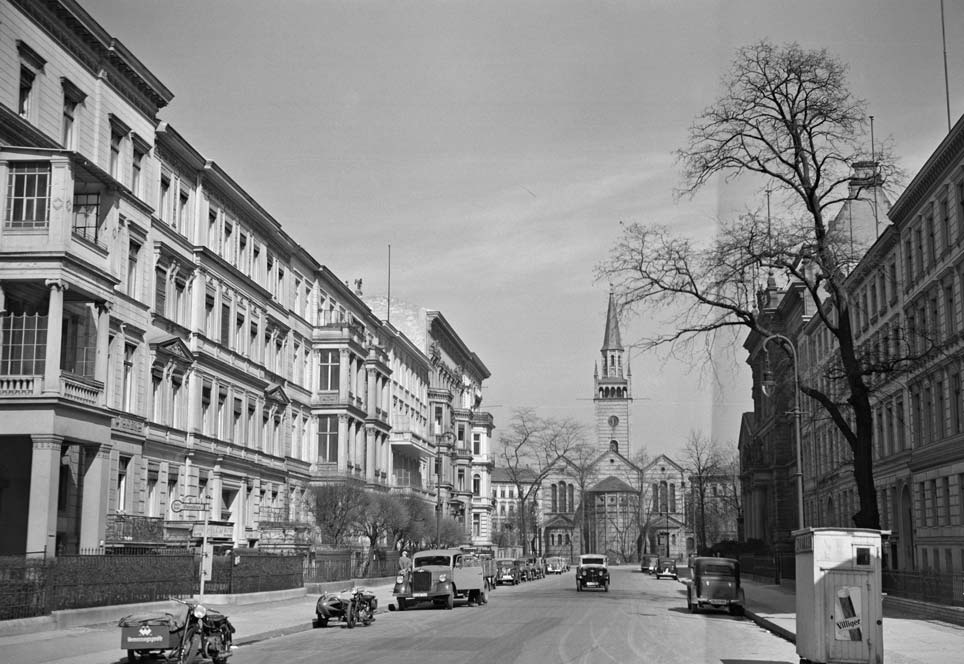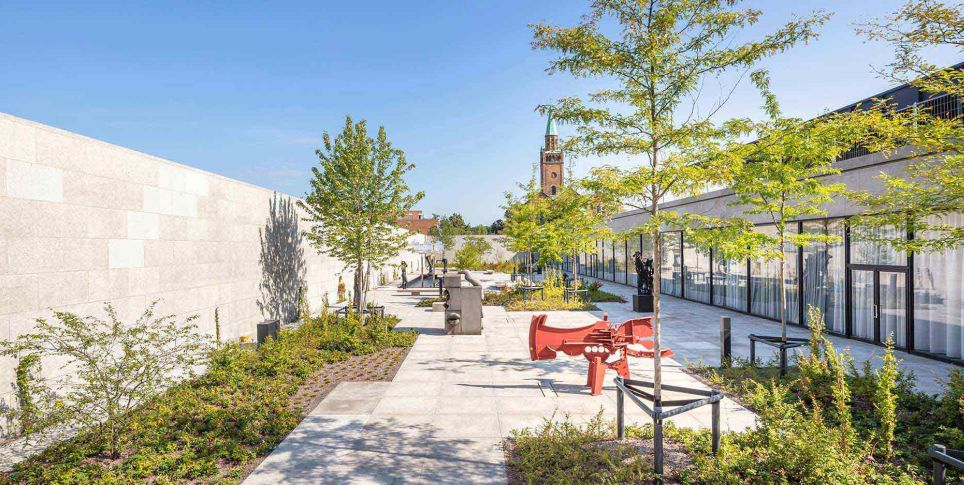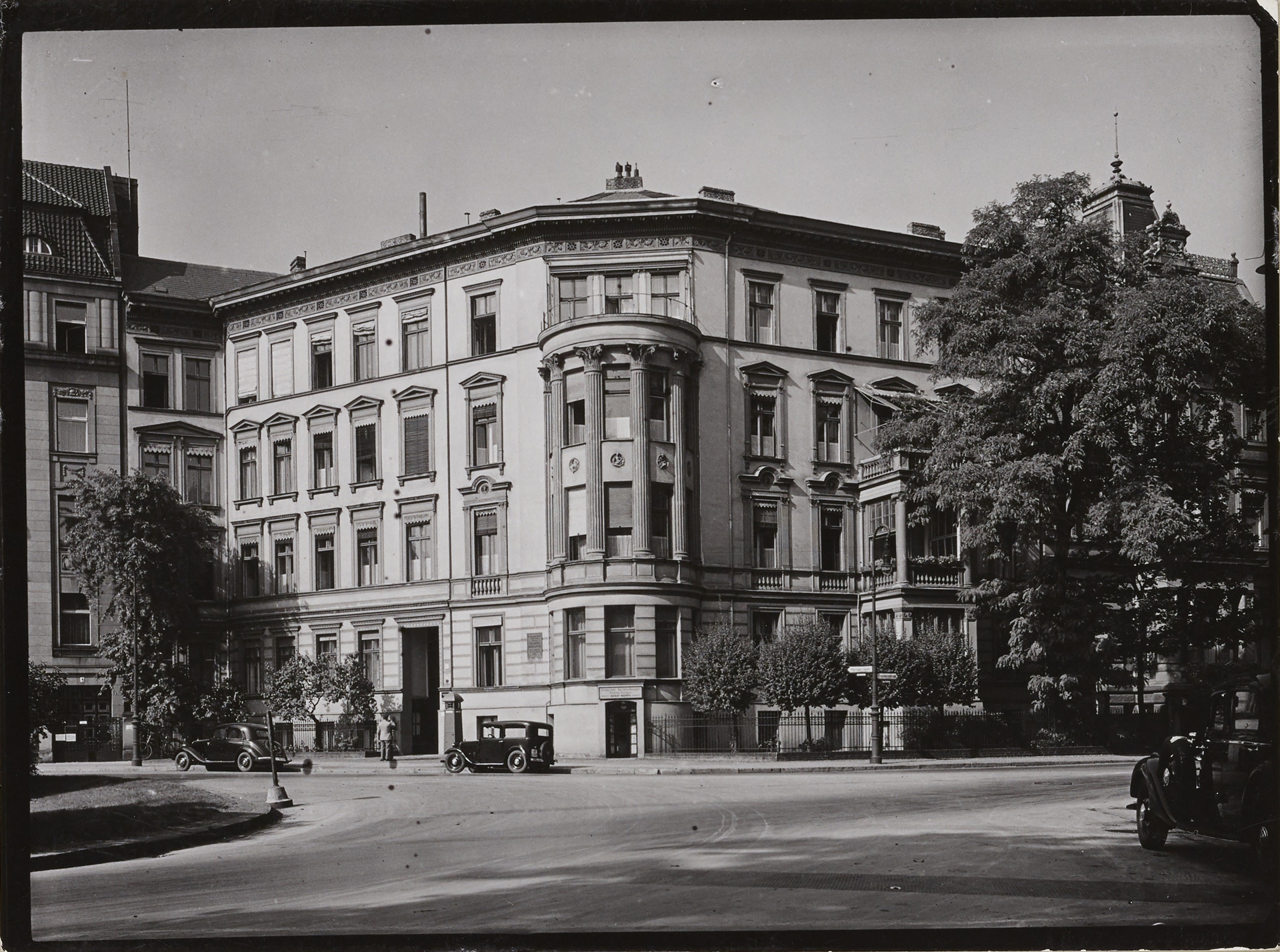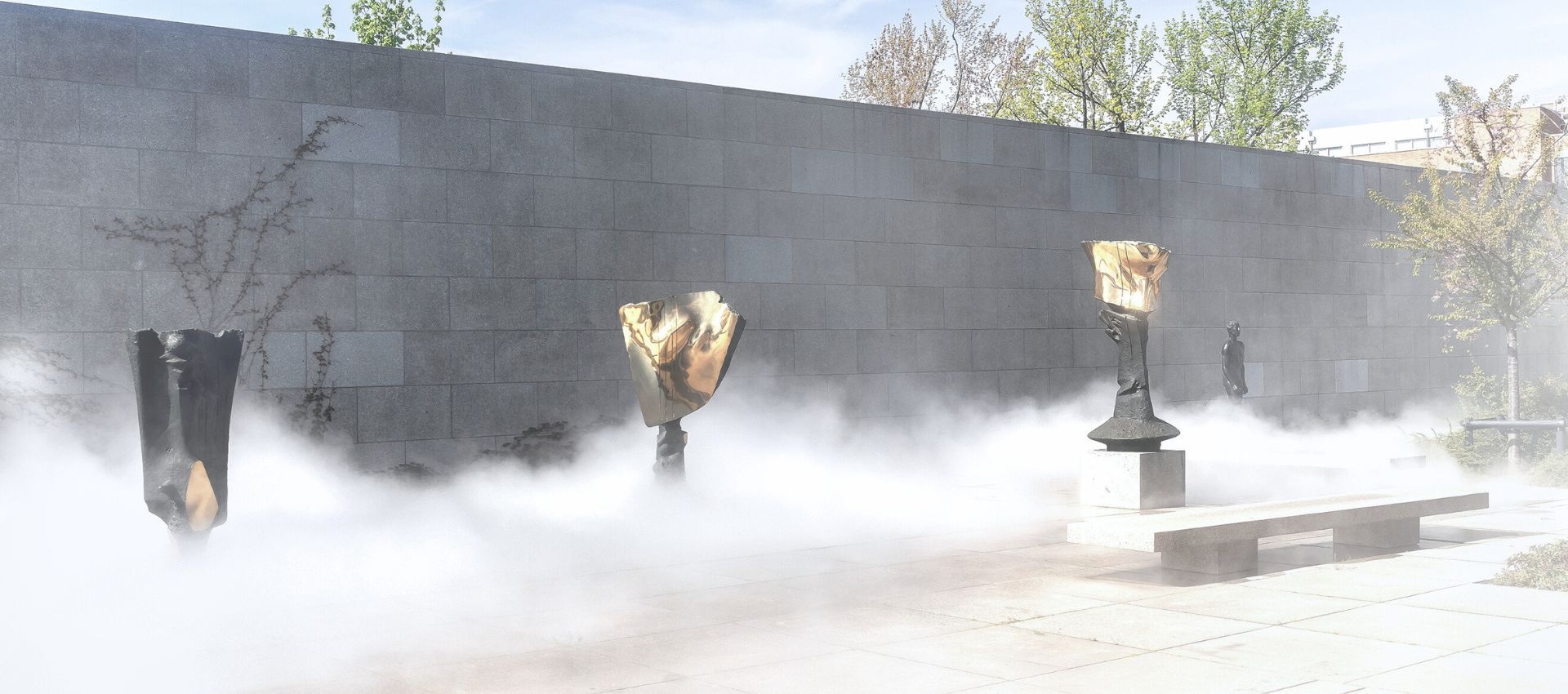President of the German Federal Environmental Agency Dirk Messner on the revised design of Herzog & de Meuron and the vision of a green Kulturforum
The new building of the Nationalgalerie at the Kulturforum, the "berlin modern," has been sharply criticized a number of times. It was recently called a "memorial from the fossil-fuel age" in the arts section of a German newspaper. It has also been described as a "climate killer." Nothing about the design by Herzog & de Meuron is sustainable, according to the media. Now, the budget committee in the Bundestag has released almost ten million euros to upgrade the building. Are things on the right track, in your view? Is it possible to improve the building's carbon footprint?
Dirk Messner: The "berlin modern" was planned years ago. The energy footprint of the building met the standards of the time. But the new coalition government in Berlin wants to really ramp up efforts to protect the climate. It set much more ambitious climate targets, and that goes for the construction sector too. We want to be climate-neutral by 2045. So as soon as she took office, Federal Commissioner for Culture and the Media Claudia Roth pressed to have the new building designed in the most environmentally friendly way possible, with a view to meeting not just today's standards but those of tomorrow too. Many changes were made to the design. Now there will be solar panels on the roof, and the whole structural framework will be optimized, requiring less concrete and steel. Recycled concrete and other reclaimed materials will be used. The heating and cooling systems will also be smarter, and overall, circular construction strategies will ensure that resources are used more efficiently. These design changes are ambitious, and at the same time, they are emblematic of what is happening, or should happen, at many construction sites throughout the entire country. We want to transform the construction sector! And the "berlin modern" is taking that challenge seriously. A change of course is underway. The transition to sustainability doesn't start in never-never land but where you are. And it's good that the Federal Commissioner for Culture and the Media, the SPK and the Neue Nationalgalerie are making this process transparent. The museum can then become a model of the transition to sustainability.
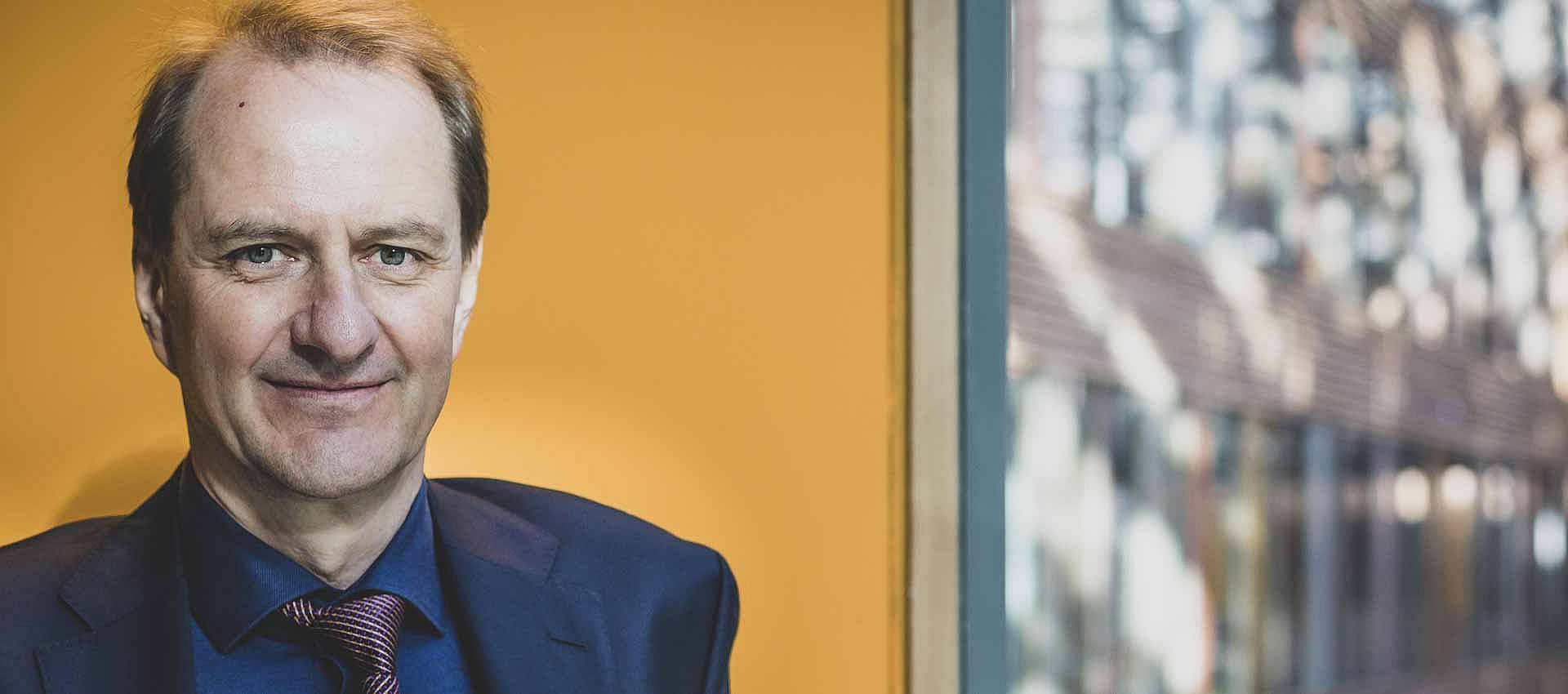
Dirk Messner, the president of the German Federal Environmental Agency, is not an unfamiliar face at the Stiftung Preussischer Kulturbesitz (Prussian Cultural Heritage Foundation). He leads the Scientific Advisory Board of the Ibero-Amerikanisches Institut (Ibero-American Institute) with great passion and energy and serves as a valued advisor on international sustainability. His expertise was sought when it came time to evaluate the revised design for the "berlin modern," the new museum building of the Nationalgalerie (National Gallery). We asked him for his impressions.
Foto: Susanne Kambor / Umweltbundesamt
The new museum will be not only more energy-efficient but also greener in a literal sense. What do you think of Klaus Biesenbach's vision of a green Kulturforum?
Messner: That's a wonderful idea! The Kulturforum really is an inhospitable desert of concrete. By making the whole area more verdant, pulling the green blanket of the Tiergarten over it, as it were, it may be possible to create a new cultural magnet and social venue in Berlin that is attractive, lively and sophisticated. If the environmental features of the building are improved, the Kulturforum is greened up in a smart way, and quality of life and urban vibrancy are guaranteed, the Kulturforum will be more than just an ensemble of outstanding cultural institutions. We need places where the transition to sustainability is actually tangible.
What lessons does the new museum have for future cultural buildings?
Messner: From now on, new cultural facilities must be designed with the aim of climate neutrality in mind. In the future, instead of redesigning things, we have to revolutionize construction practices with a view to climate neutrality. Because zero emissions means that all buildings, companies, mobility systems and energy supplies have to be organized along climate-neutral principles. There are two other climate-related challenges for the cultural sector: First, existing cultural facilities must be gradually renovated to be more climate-neutral. Second, emissions must be cut across the board in the operations of the cultural sector. That goes for concerts, theater performances, the transportation routes to the cultural institutions, catering, etc. With a determined effort in Germany, we can make some major contributions to the "European Bauhaus," an initiative of the EU Commission to bring together our cities and the "European Green Deal." EU Commission President Ursula Leyen calls the European Bauhaus the "cultural soul" of the transition to sustainability.
